In today’s bathroom upgrades, a shower set has become essential. Consumers no longer settle for single shower heads; instead, they prefer complete sets that combine functionality, design, and comfort. With innovation in the bathroom industry, a shower set is both a cleaning tool and a lifestyle upgrade.
Market research from Statista shows the global bathroom products market exceeded 150 billion USD in 2024, with shower-related items growing faster than traditional equipment. The reason is simple: demand for comfort and convenience keeps rising, especially after the pandemic.
In home renovations and new home decorations, shower sets are widely regarded as “high-value upgrade options.” They require minimal construction yet significantly enhance daily experience. As a result, an increasing number of homeowners prioritise complete shower sets over simply replacing individual showerheads when upgrading their bathrooms.
What is a Shower Set?
From a professional definition, a shower set is typically a combination product comprising multiple components, integrating the showerhead, faucet, mixer valve, shower hose, and some accessories into a complete system. This packaged product addresses the consumer pain point of “purchasing individual components that may not be compatible during installation,” thereby enhancing the overall cohesiveness and consistency of the bathroom.
A typical shower set generally includes the following components:
Showerhead (Showerhead)
Shower arm and bracket
Mixing valve or shower faucet
Shower hose
Installation accessories and hangers
Next, we will analyse the main components of a shower set one by one.
Showerhead
The showerhead is the most intuitive part of a shower set, directly determining the user's showering experience. Common types of showerheads currently available on the market include:
Fixed showerhead
Installed on walls or ceilings, providing a stable water flow.
Common in minimalist modern-style bathrooms.
Handheld showerhead
Connected via a hose, allowing flexible movement.
Convenient for cleaning bathrooms or use by the elderly and children.
Rainfall-style showerhead
Simulates the effect of falling rain, with a wide coverage area.
Commonly used in high-end shower sets.
According to the U.S. Environmental Protection Agency (EPA) standards, the water flow rate of modern shower set showerheads is typically controlled within 2.0 gallons per minute (GPM) to meet water-saving requirements.
Shower Arm and Bracket
The shower arm connects the spray head to the wall and affects both comfort and style. Straight arms suit standard layouts, while curved arms allow angle adjustment. Adjustable brackets let handheld showerheads fit different heights.
Shower Faucet and Mixing Valve
The faucet and mixing valve control water temperature, pressure, and flow. Dual-handle valves separate hot and cold control, single-handle valves adjust both with one handle, and thermostatic valves maintain a stable temperature. Over 60% of homeowners prefer thermostatic shower sets for enhanced safety and comfort (Houzz survey).
Shower Hose
Shower hoses are often overlooked, but their role in shower sets is significant. High-quality hoses not only affect the flexibility of use but also determine durability and safety.
Common hose materials include:
Stainless steel hoses: Durable, tangle-resistant, and long-lasting.
PVC reinforced hoses: Lightweight, scale-resistant, and suitable for regular household use.
Nylon-braided hose: Highly flexible and comfortable to the touch.
Some high-end shower sets even feature explosion-proof and leak-proof hose designs to enhance the overall experience.
Accessories and Attachments
Modern shower sets often come with a range of user-friendly accessories, such as:
Shelf: For storing shampoo and body wash.
Soap dish: Keeps the bathroom tidy.
Showerhead base: Used to secure the handheld showerhead.
While these accessories are not essential, they significantly enhance convenience and space utilisation.

Different Types of Shower Sets
Shower sets on the market are not a single type but are categorised into multiple tiers based on functionality and design.
Basic Type
Equipped with a single-function showerhead, offering affordable pricing.
Suitable for those on a tight budget or renting.
Multi-Functional Type
Offers multiple spray modes (massage, mist, rain).
Mid-range pricing, suitable for average households.
Smart Type
Features temperature display, LED lighting effects, and can even connect to smart home systems.
High-end market segment, catering to personalised needs.
According to IBISWorld data, the smart bathroom products market is growing at an annual rate of 8%, with shower sets being a popular category.
Material and Craftsmanship Selection
The material of a shower set directly determines its lifespan and aesthetic quality.
Stainless steel: Rust-resistant and corrosion-resistant, commonly used in mid-to-high-end products.
Brass: Offers excellent durability and antibacterial properties, but is relatively expensive.
ABS plastic: Lightweight, commonly used in entry-level products.
Surface finishes include chrome plating, brushed nickel, matte black, and gold plating. Consumers typically choose the appropriate finish based on the overall style of the bathroom.
Installation Method Comparison
In terms of installation, shower sets are primarily divided into two types: exposed and concealed.
Exposed:
Directly installed on the wall, with simple construction.
Low cost, suitable for quick upgrades.
Concealed:
Hides pipes and mixing valves within the wall, resulting in a clean and aesthetic appearance.
Higher cost but offers a more modern visual appeal.
According to Houzz's renovation survey, approximately 45% of households prefer concealed shower sets as they enhance the overall spatial feel.
Features Consumers Prioritise Most
By analysing user reviews across major e-commerce platforms, we can summarise the key factors consumers prioritise when selecting shower sets:
Multiple spray modes — massage, mist, and rain shower settings.
Temperature control — prevents sudden changes in water temperature.
Easy-to-clean nozzles — designed to prevent mineral buildup.
Adjustable height — accommodates different family members.
Additional features — LED temperature display, Bluetooth music playback.
These features not only enhance user experience but also drive product upgrades for shower sets.
Design and Aesthetics
The design of shower sets is no longer limited to functionality; it is increasingly an expression of spatial aesthetics.
Modern minimalist style: Straight-line design, chrome-plated or stainless steel materials.
Industrial style: Black matte finish, rugged pipe design.
Retro style: Brass materials, European-style handles.
The diversity of designs makes shower sets not just bathroom products but also part of home decor.
Brands and Price Ranges
In terms of price, shower sets have a wide range:
Entry-level: $50–$100, primarily made of ABS plastic with limited functionality.
Mid-range: $150–$300, made of higher-quality materials with diverse functionality.
High-end: $500 and above, often featuring smart functions or highly distinctive designs.
Well-known brands such as Moen, Delta, Kohler, and Grohe all have a high profile in the shower set market.
Considerations Before Purchase
Before purchasing a shower set, consumers should consider the following factors:
Bathroom space size: Handheld showerheads are more suitable for small bathrooms, while larger spaces can opt for overhead showers.
Water pressure: Households with low water pressure should opt for pressure-boosting showerheads.
Compatibility: Check existing plumbing and installation conditions.
Warranty and after-sales service: Branded products typically offer a 3-5 year warranty.
These factors directly impact installation experience and subsequent usage effectiveness.
Data and Industry Reports
According to Grand View Research, the global shower set market is projected to reach $20 billion by 2030, with an annual compound growth rate of approximately 6%. Key drivers of this growth include:
Increased consumer emphasis on comfortable bathroom experiences.
The widespread adoption of smart home systems.
The promotion of energy-saving and environmentally friendly policies.
This indicates that shower sets are no longer merely bathroom accessories but have become a key driver of growth in the bathroom industry.

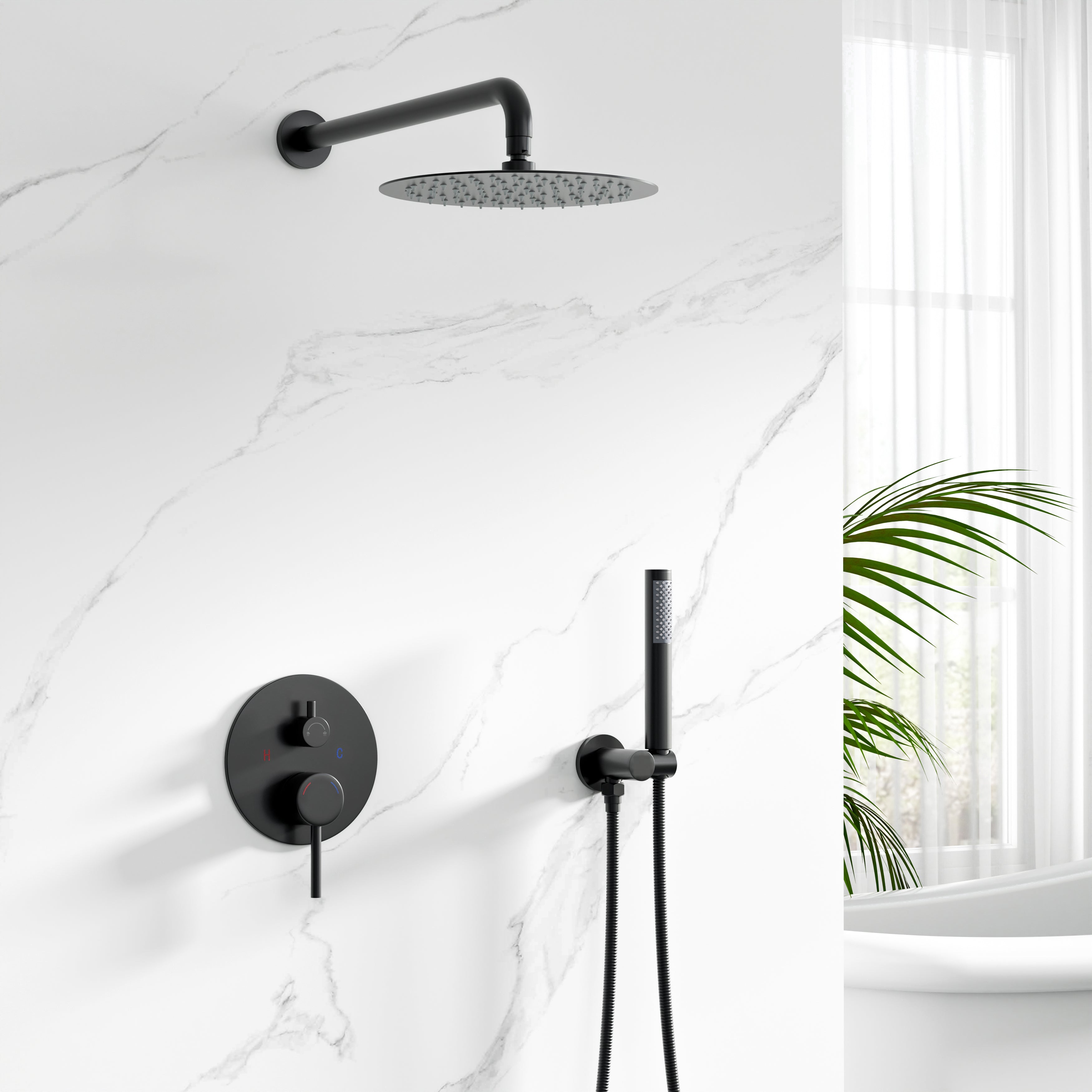
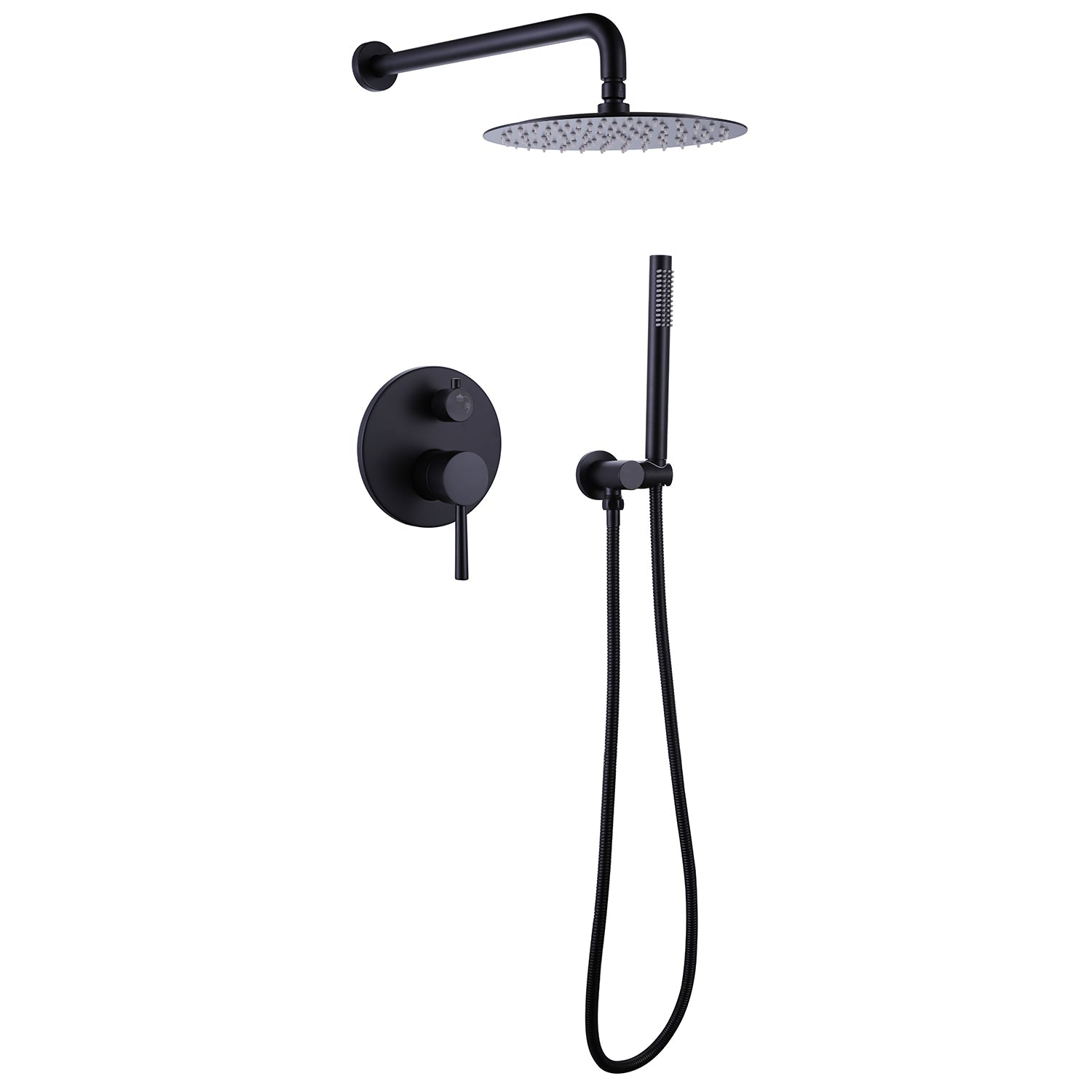


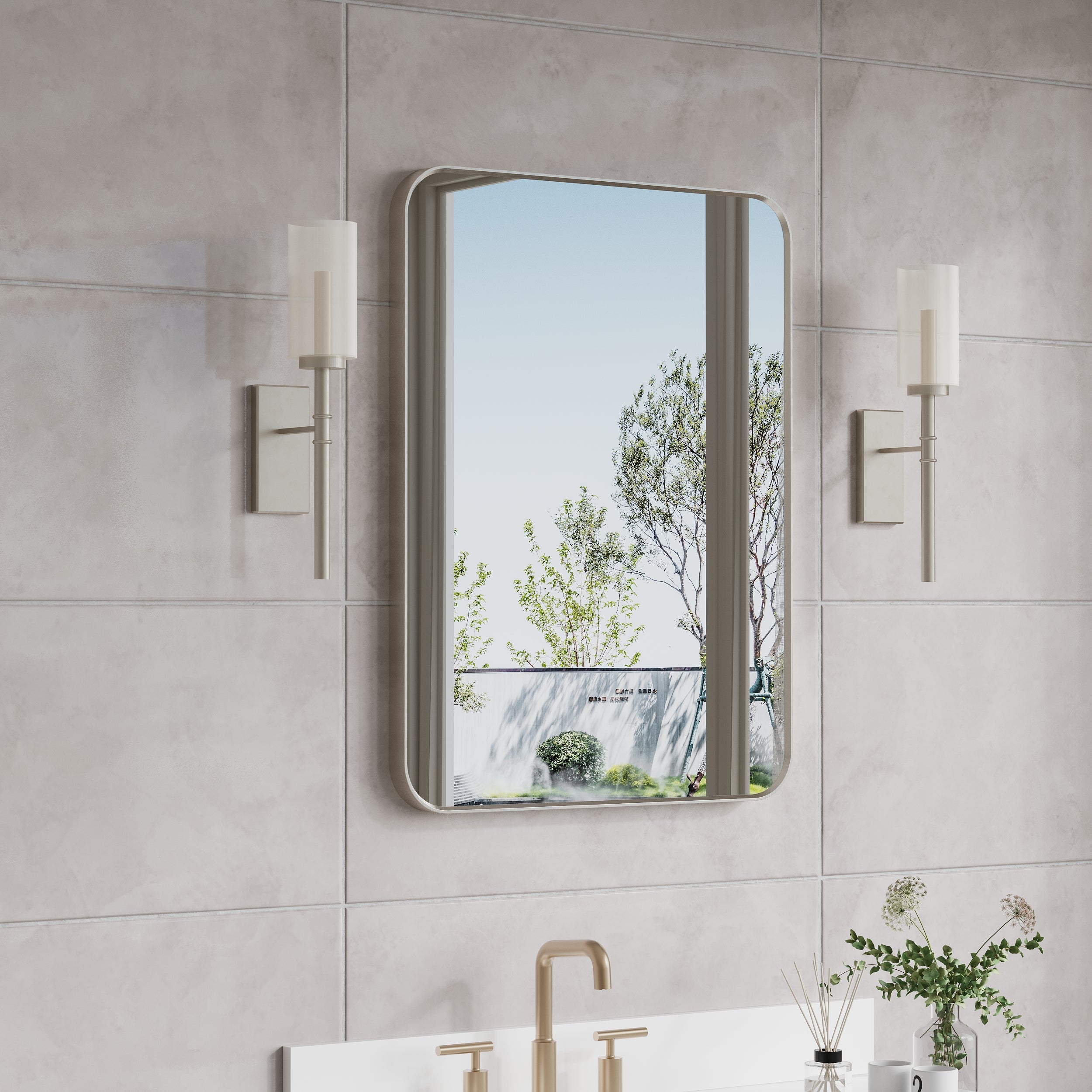
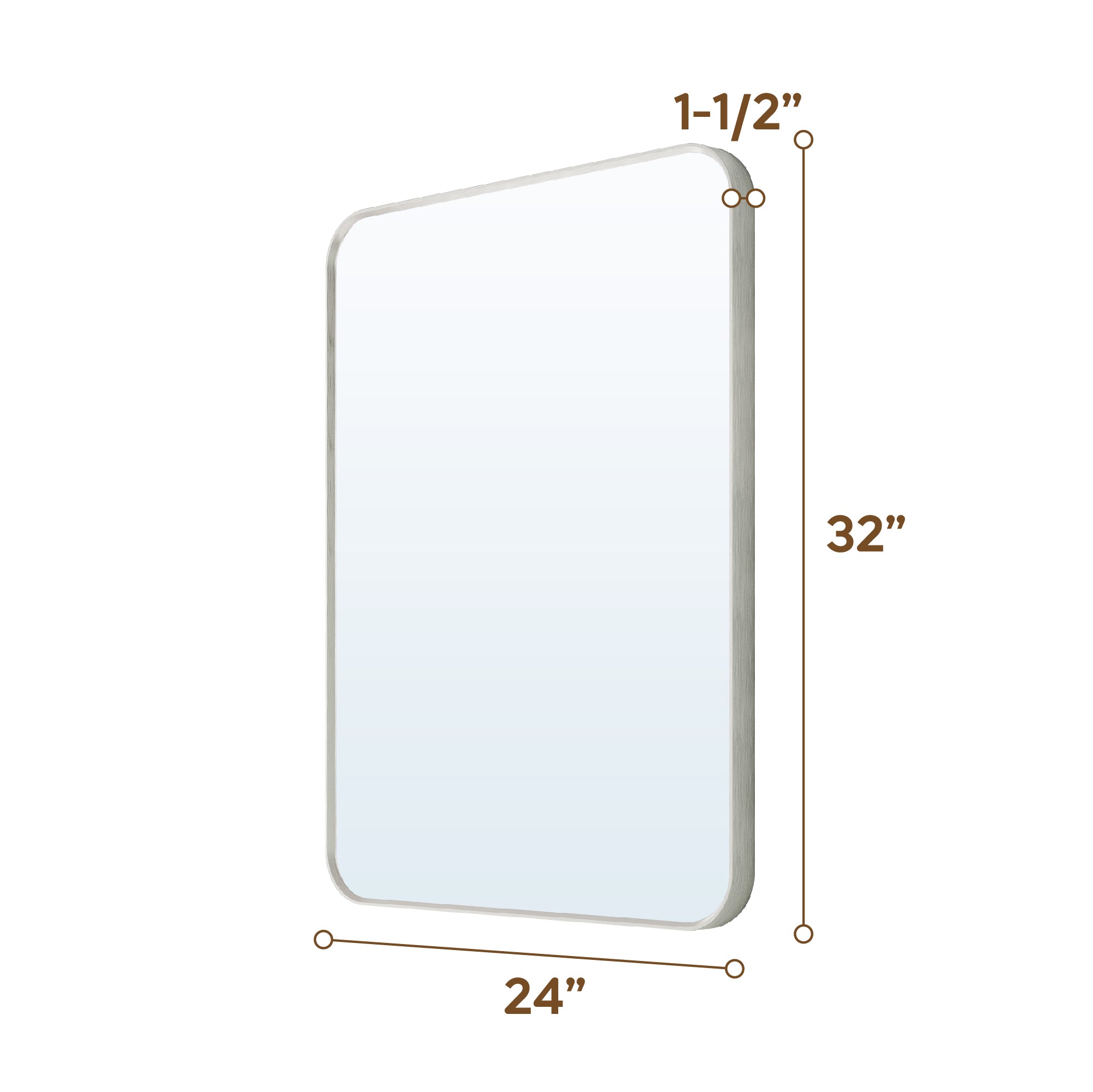

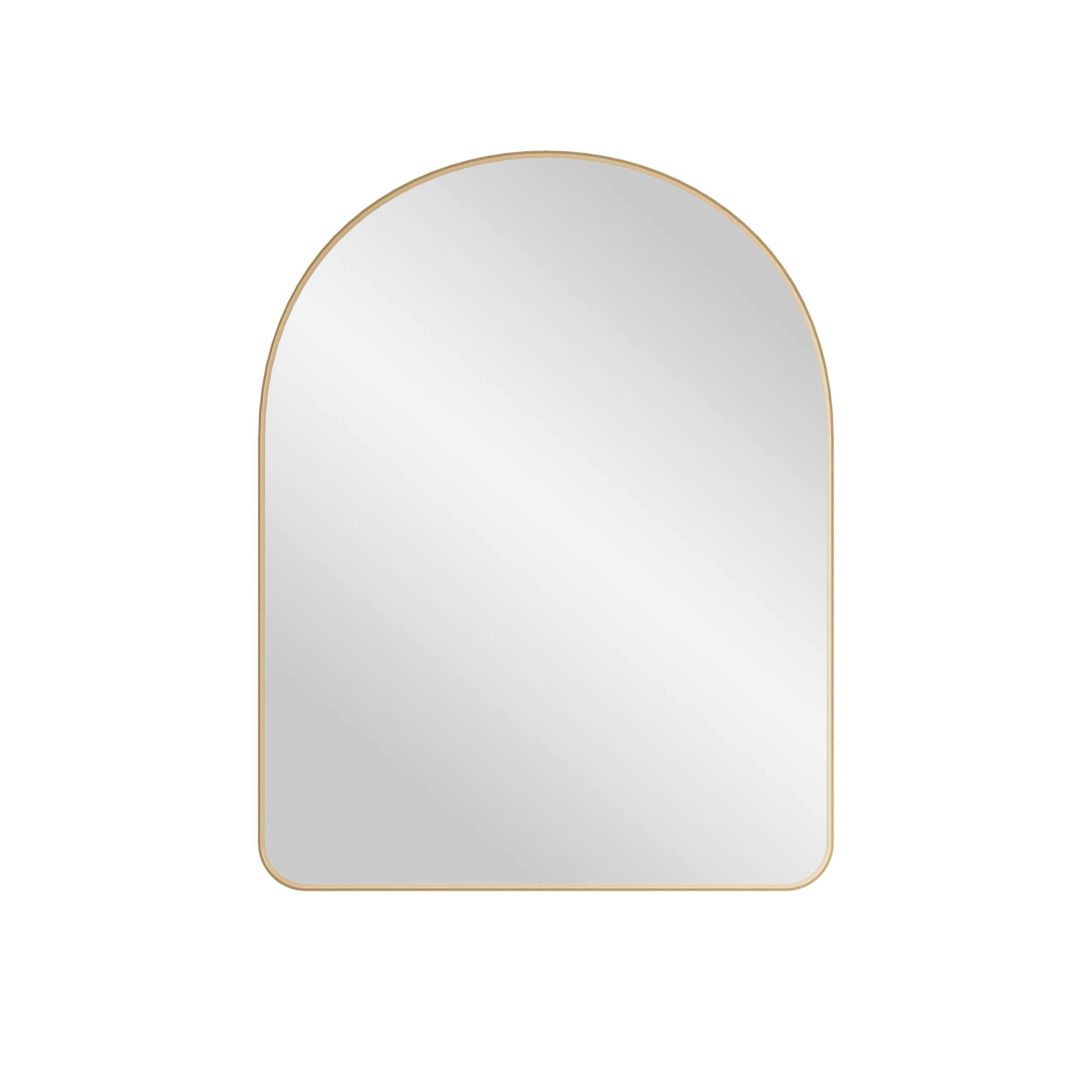


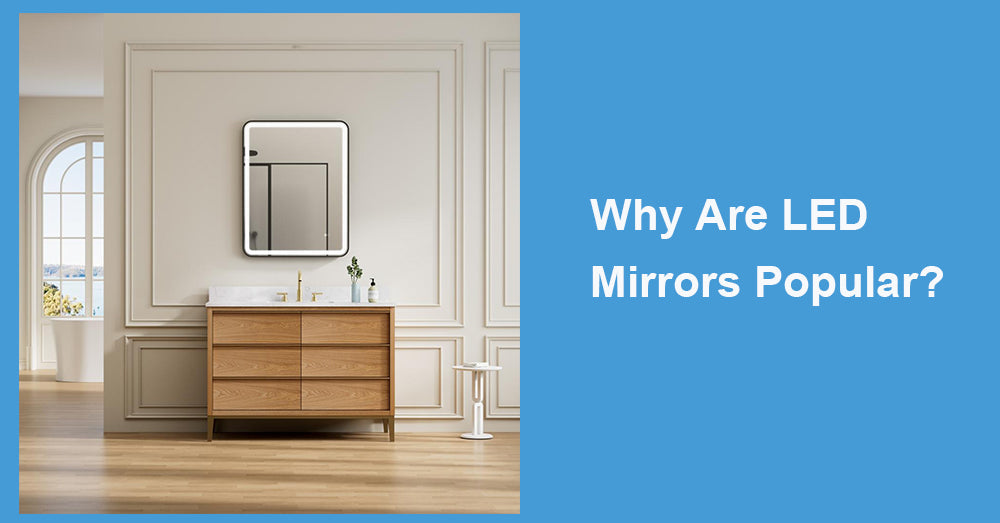
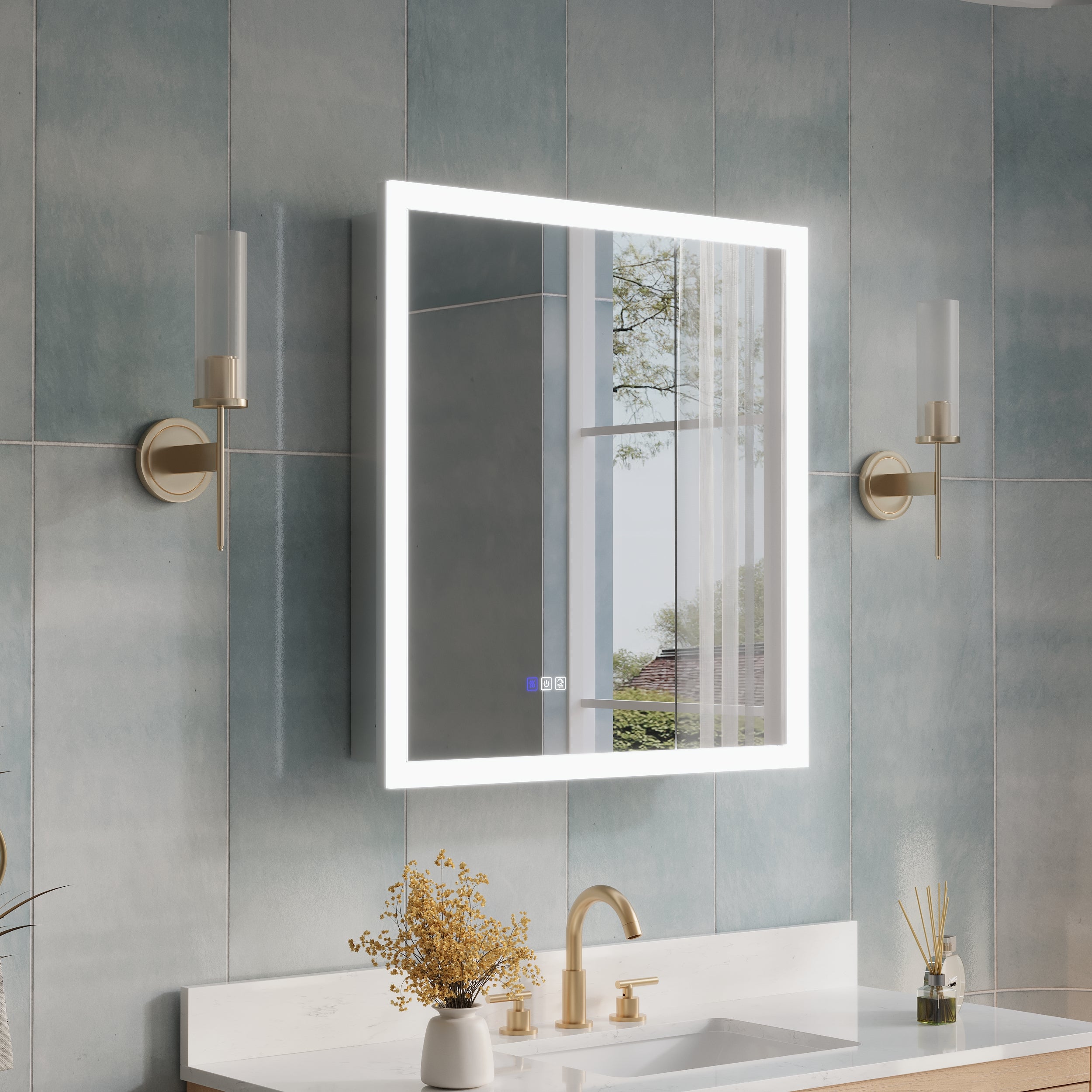
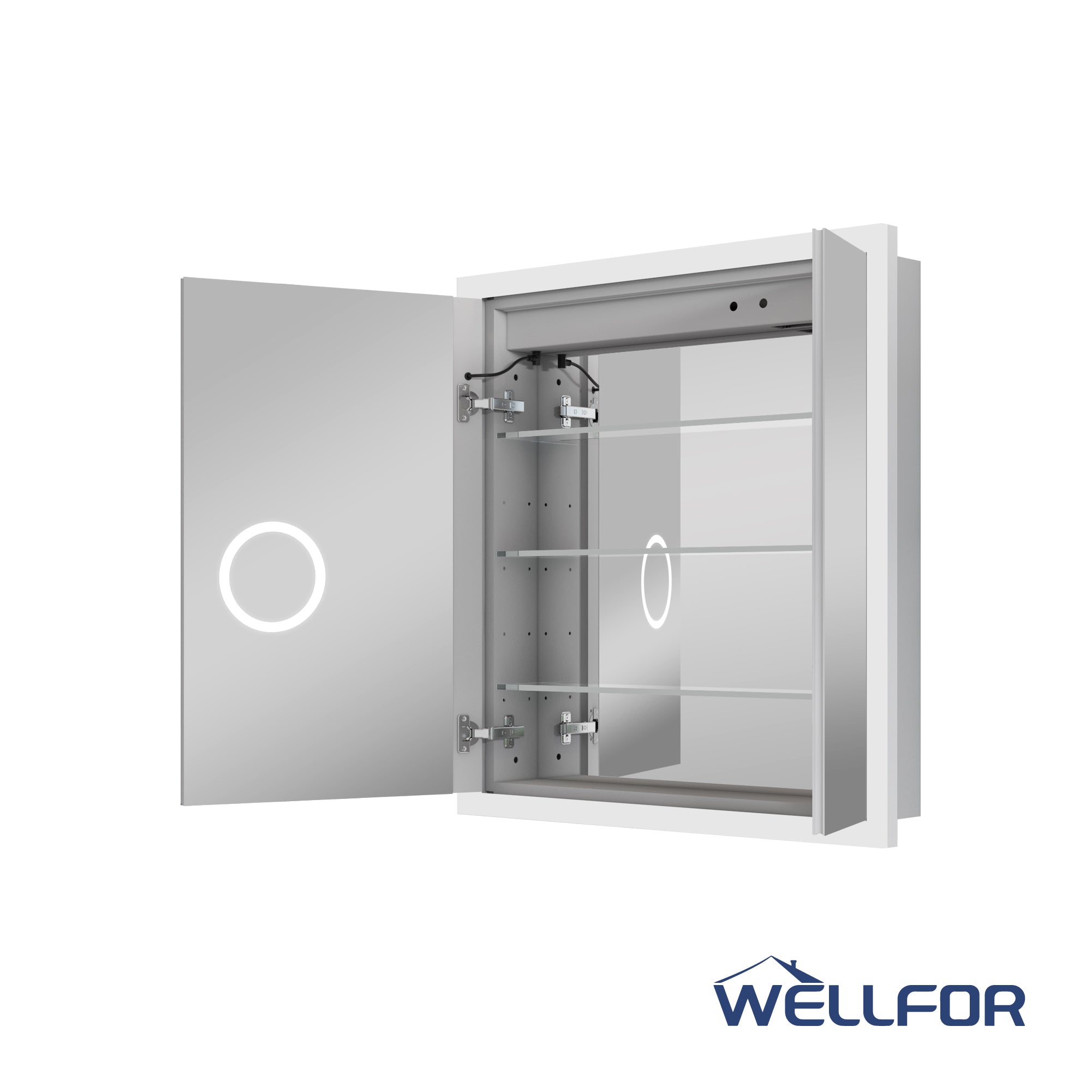
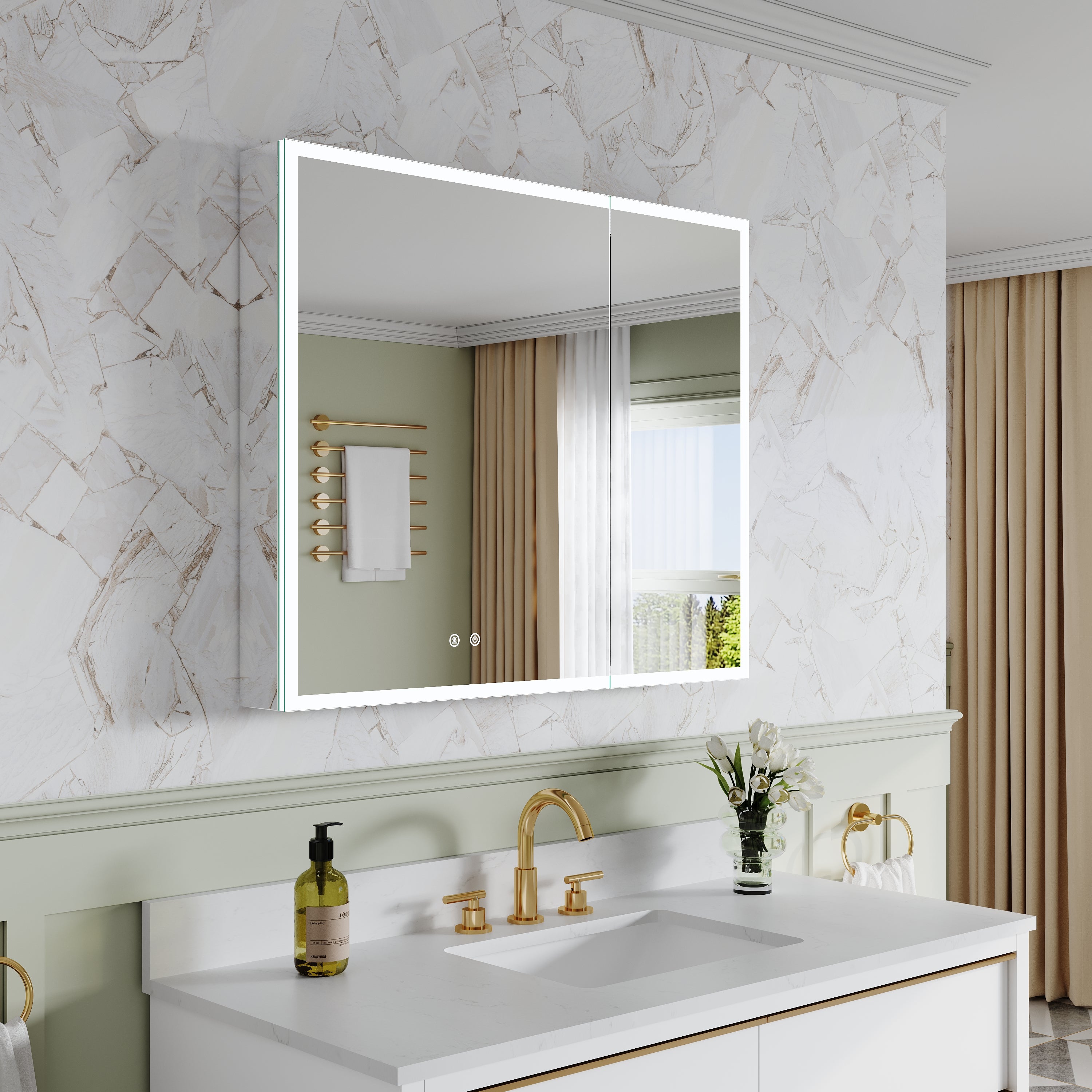
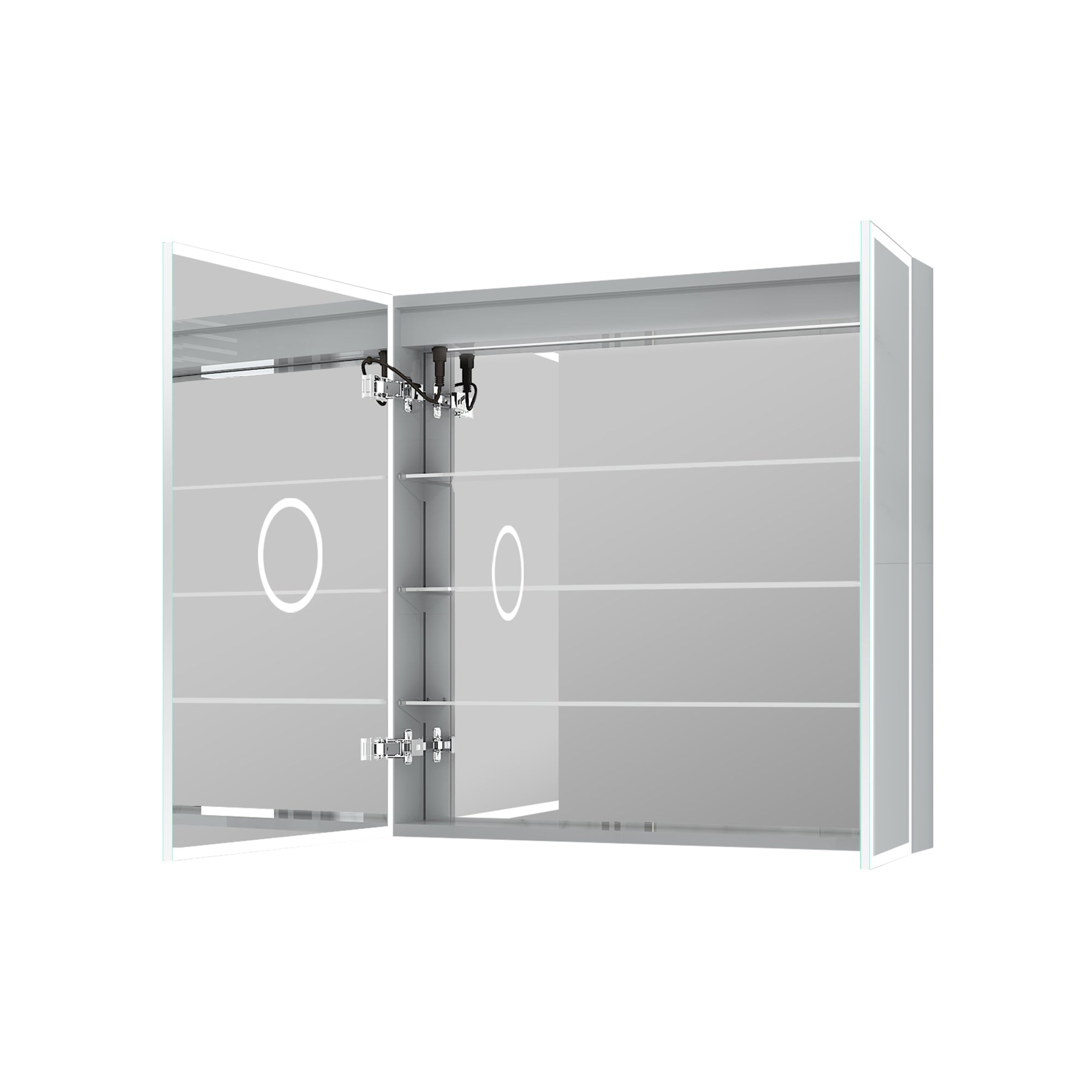
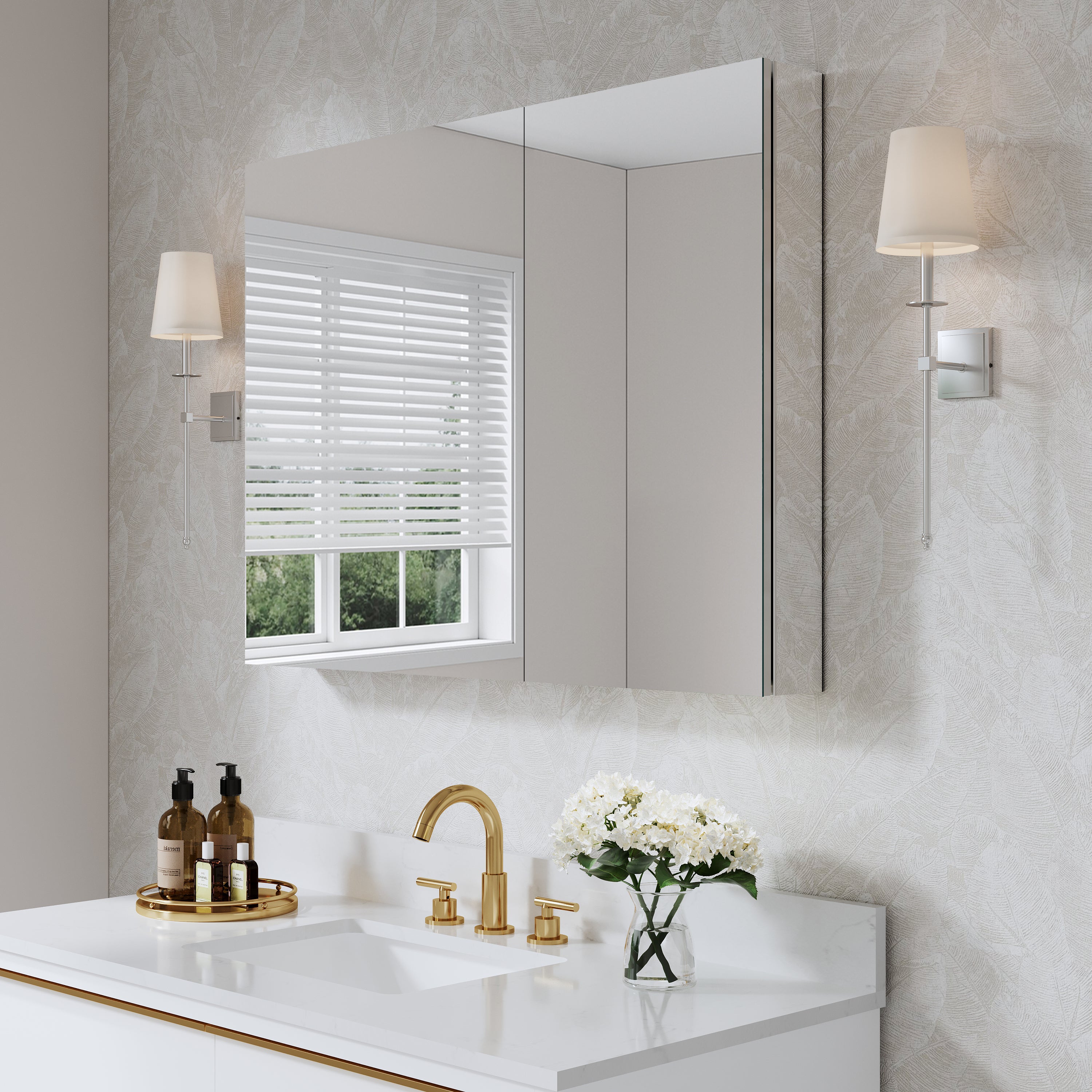

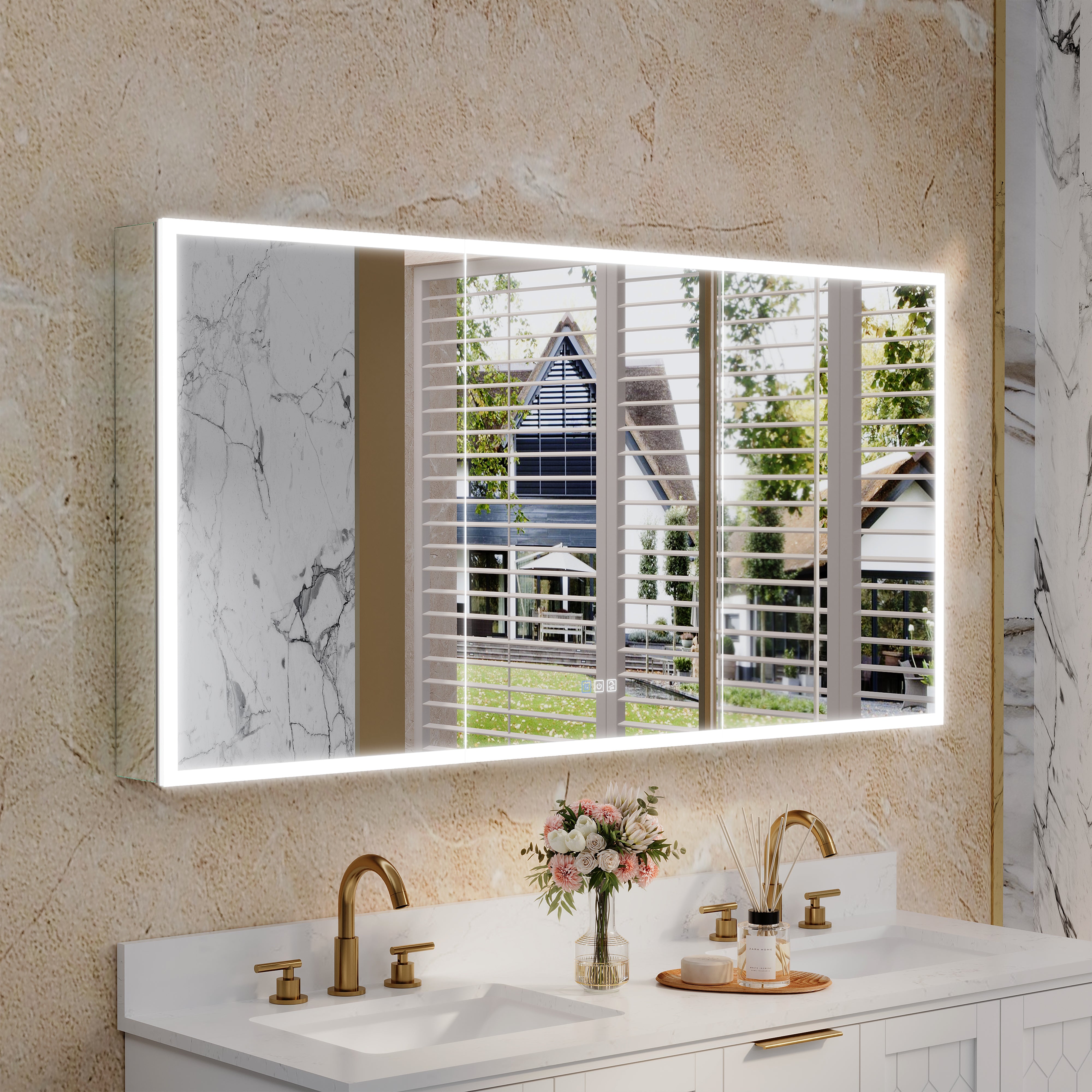
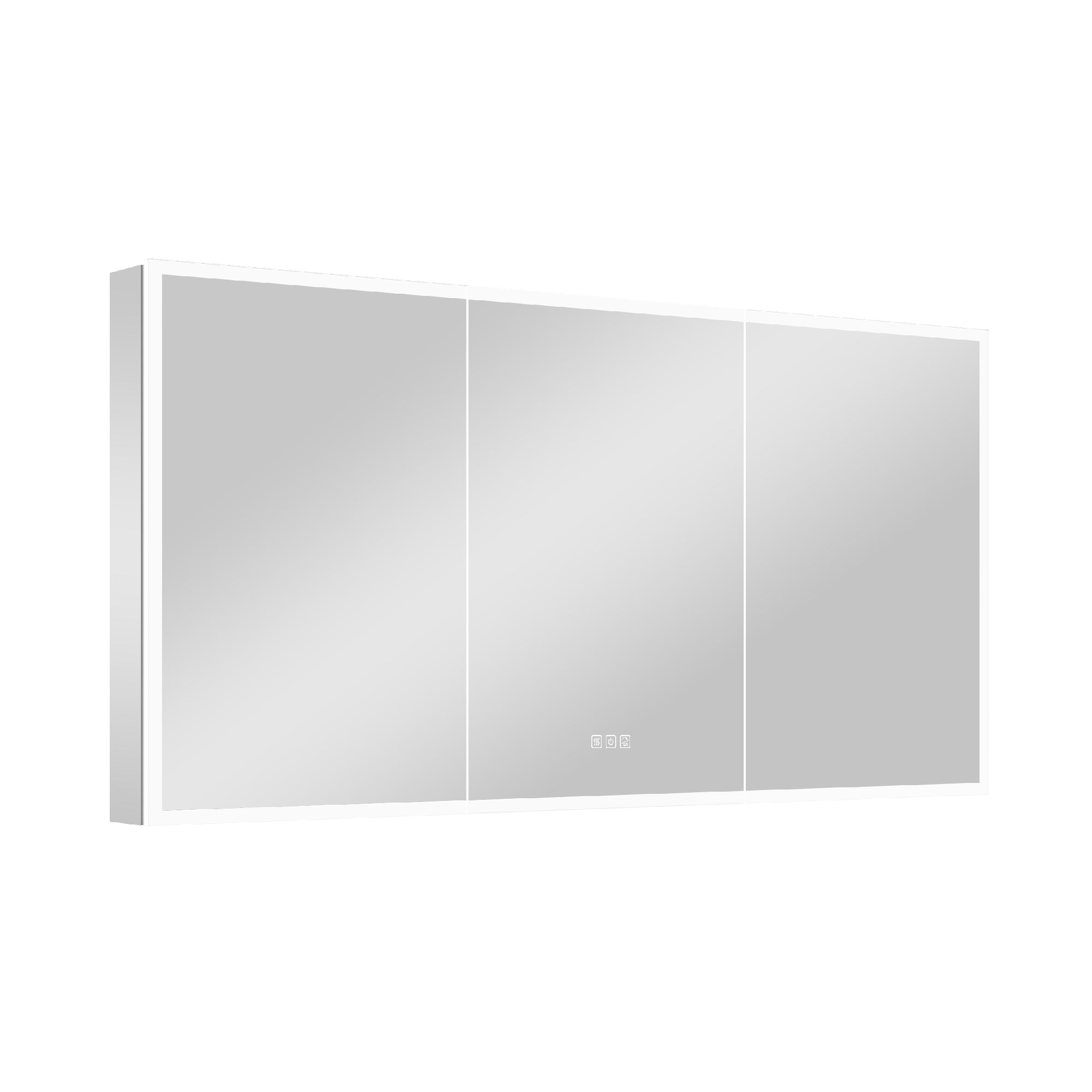
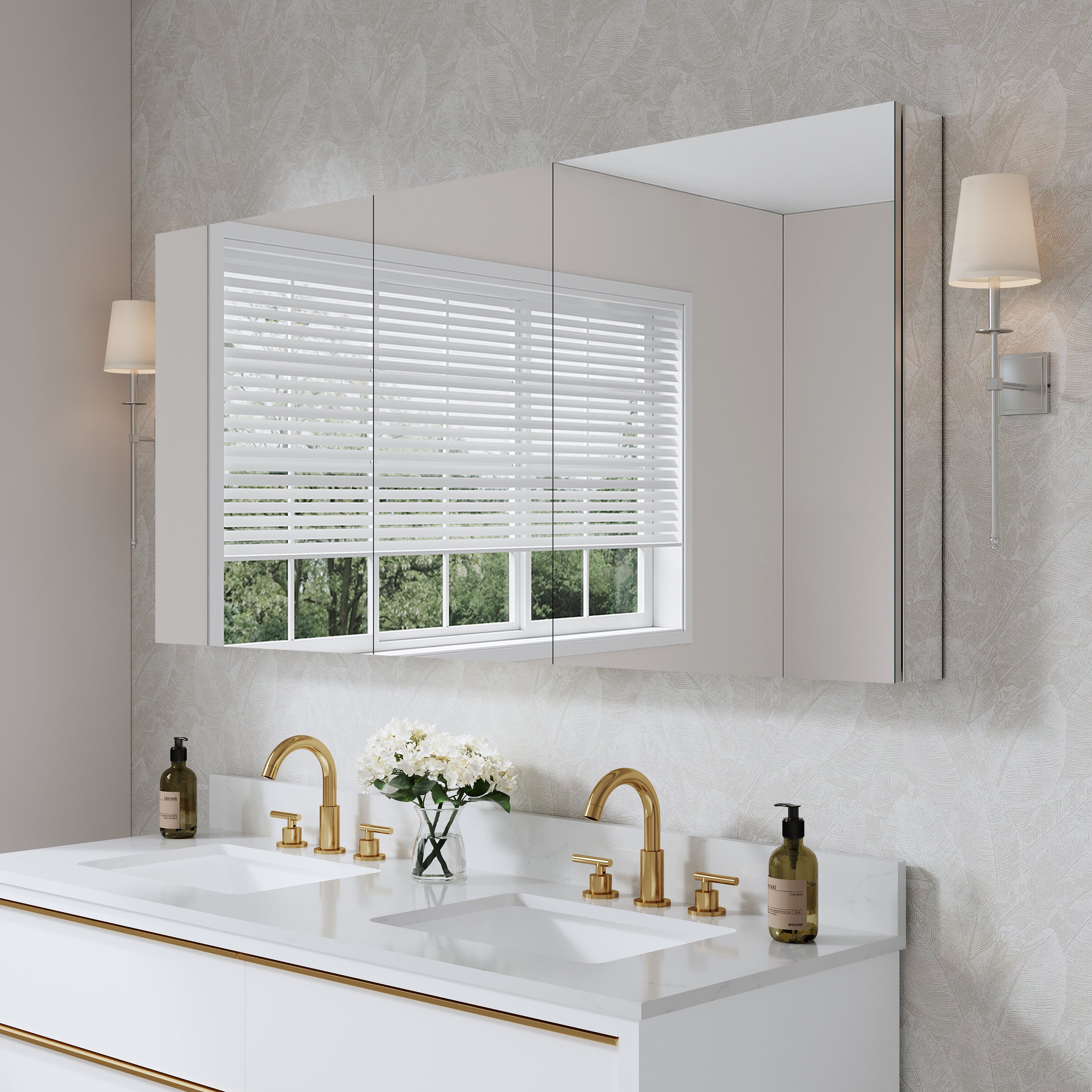

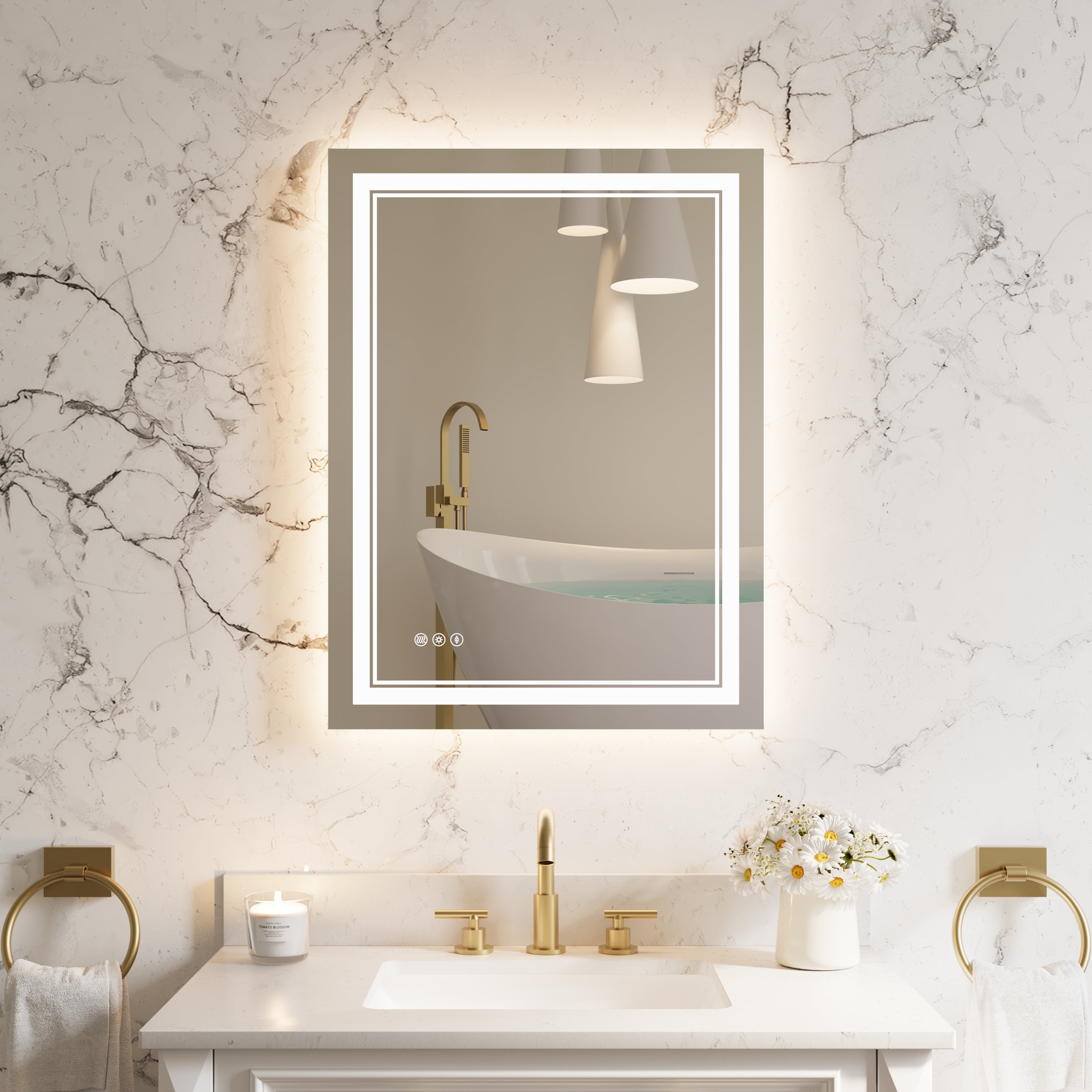
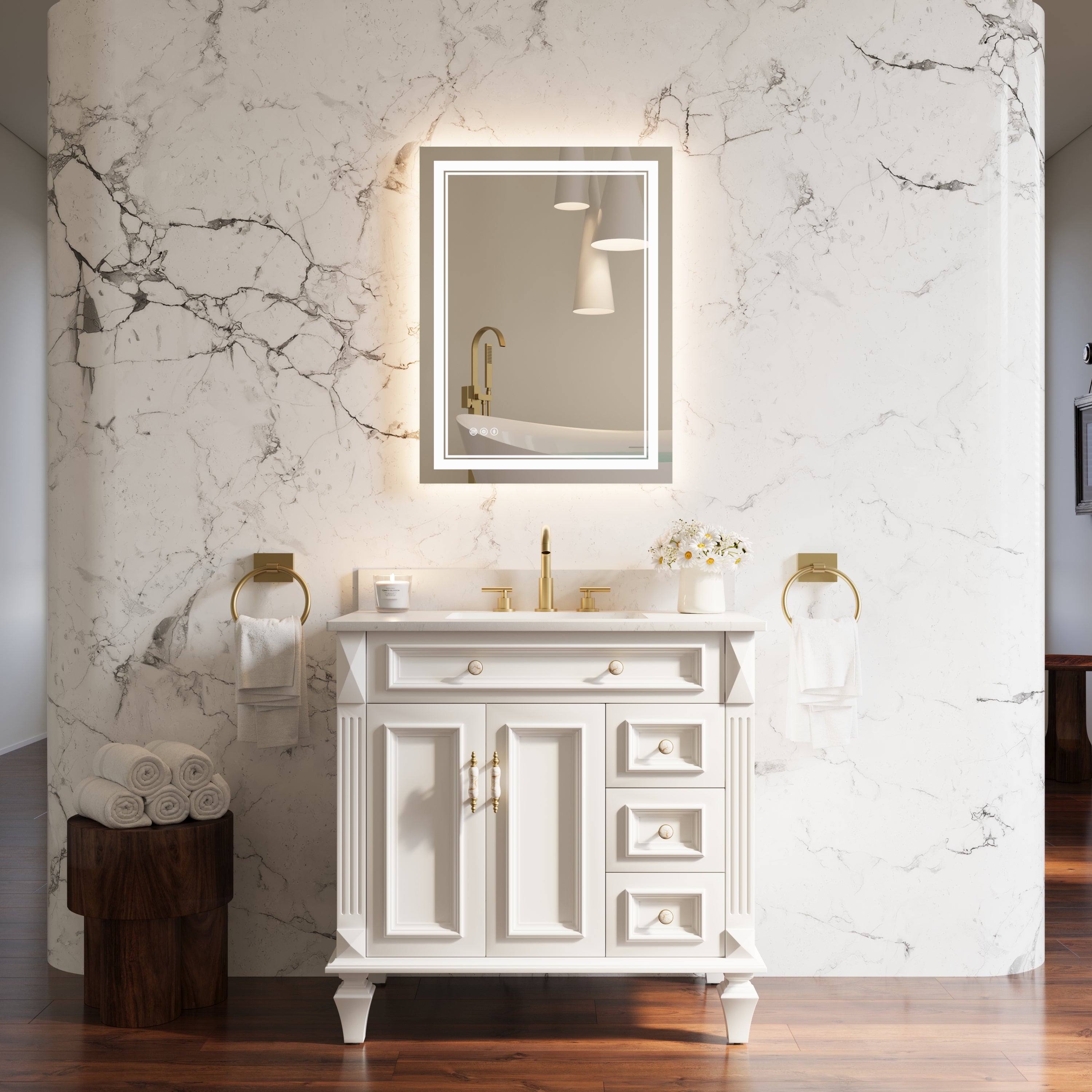
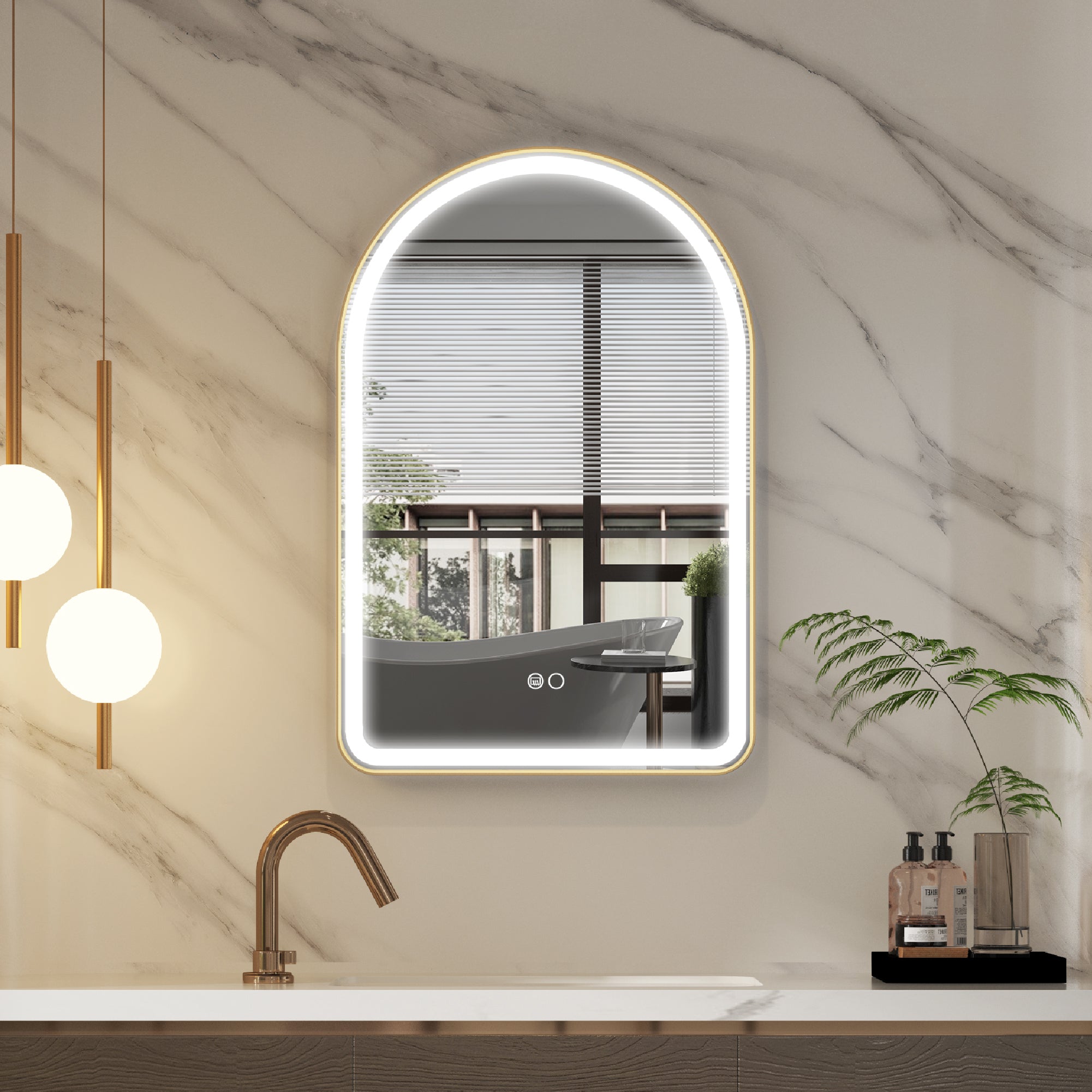
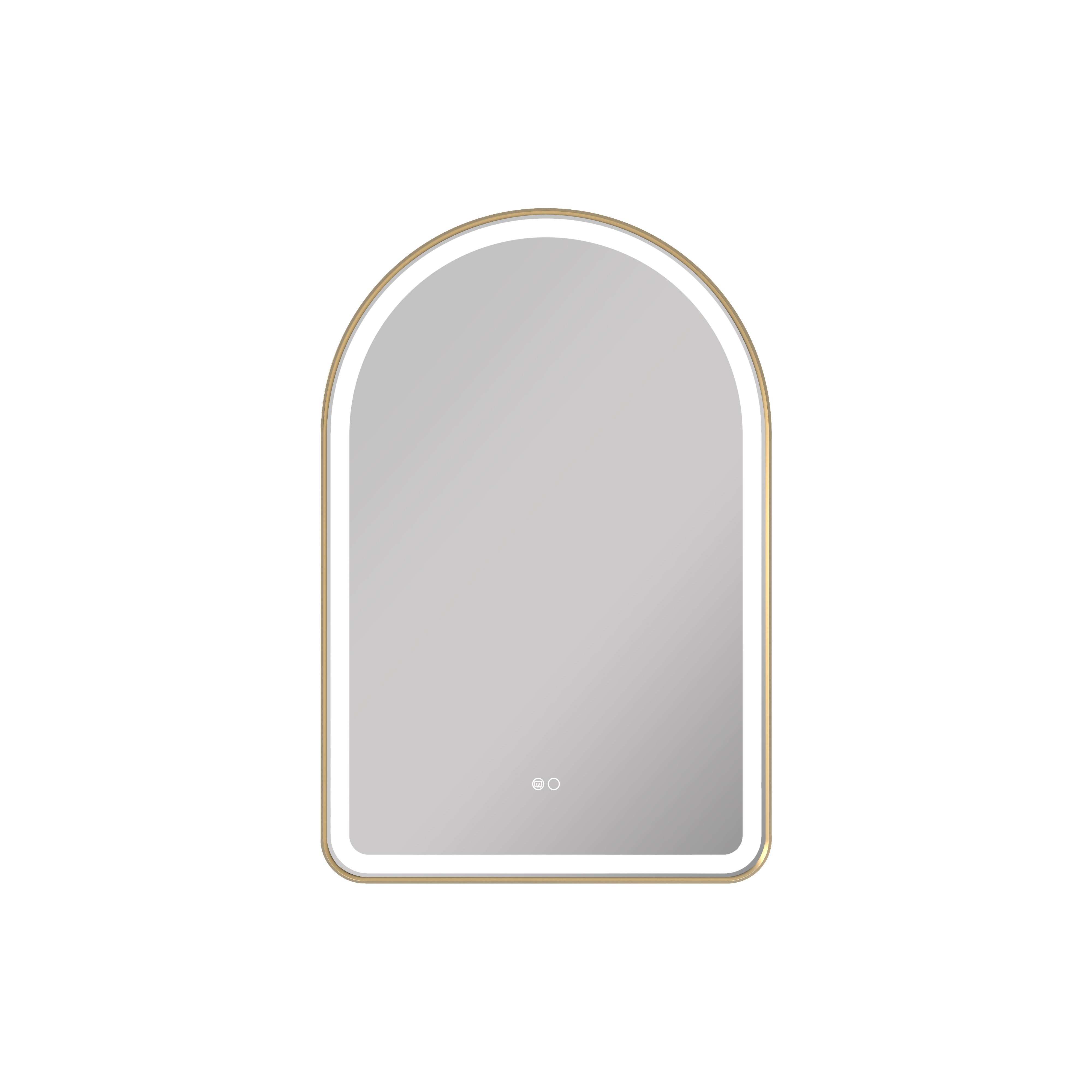
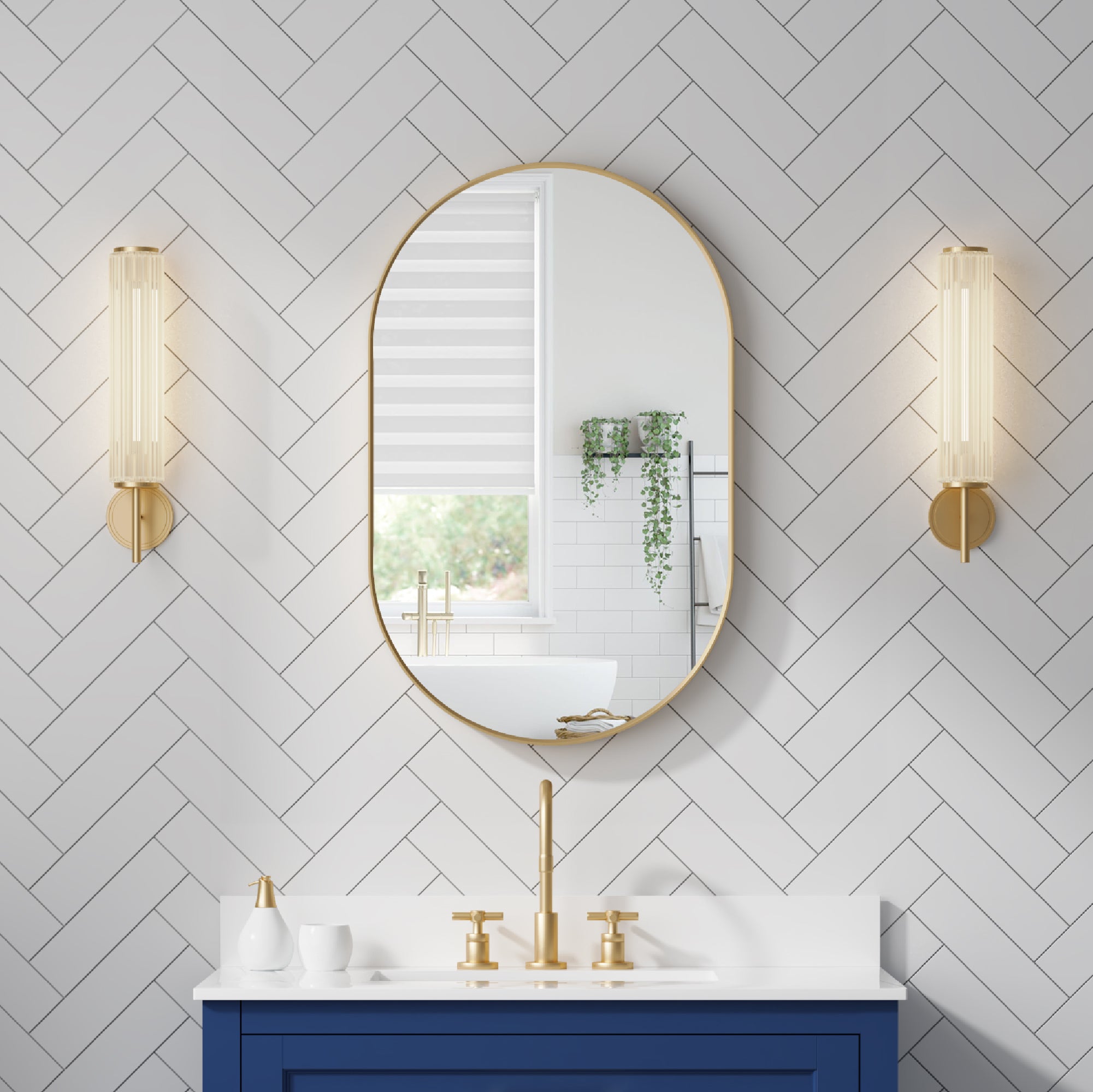
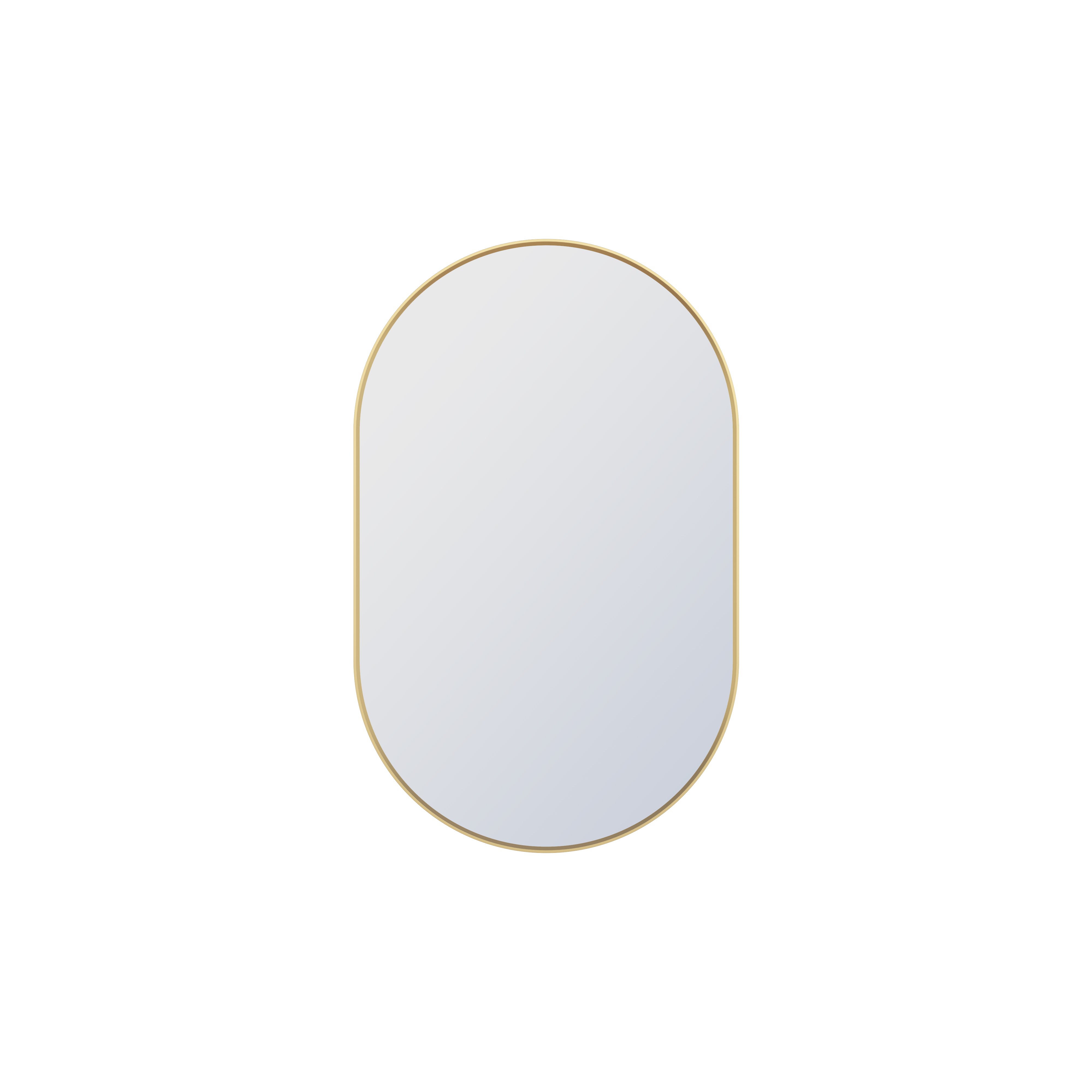


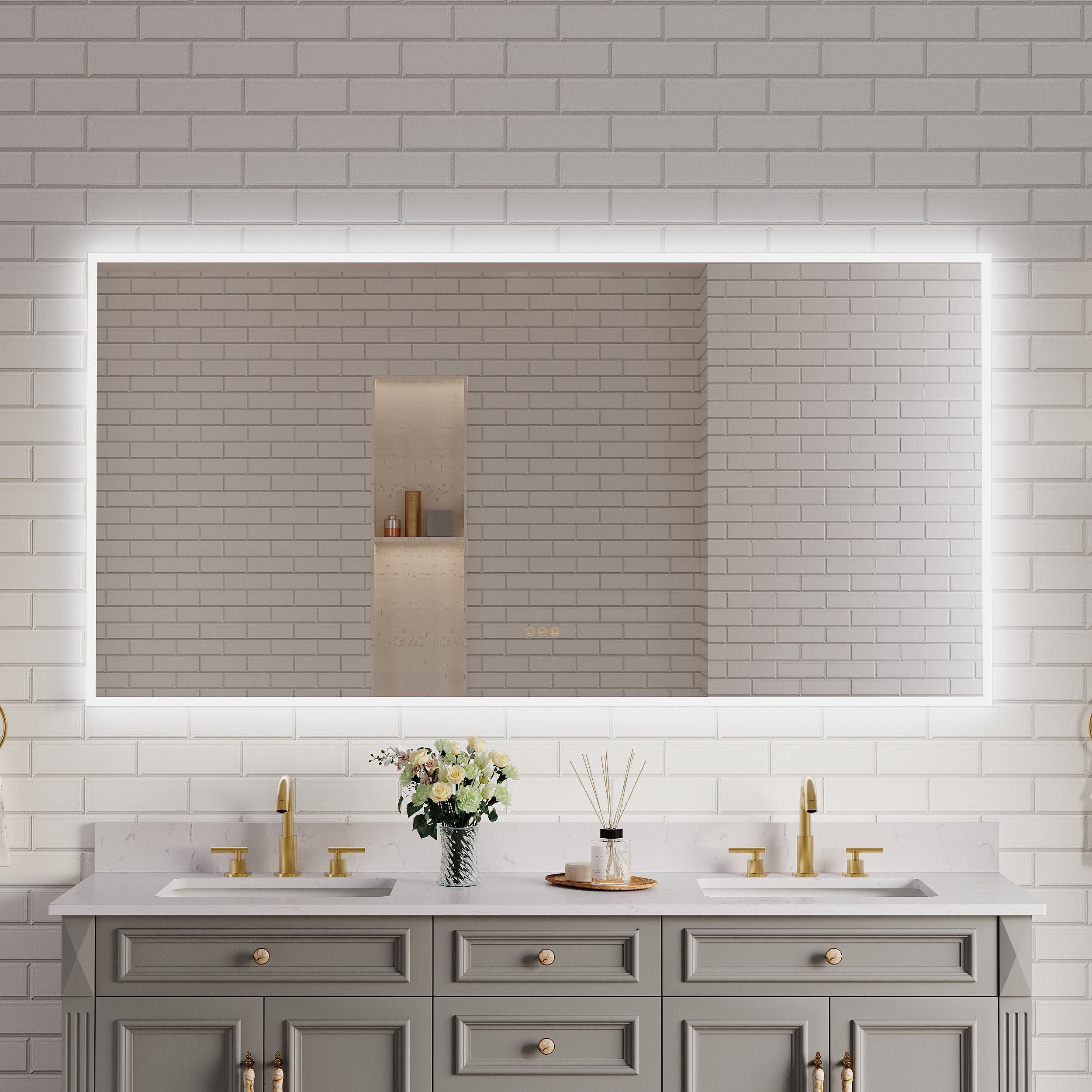





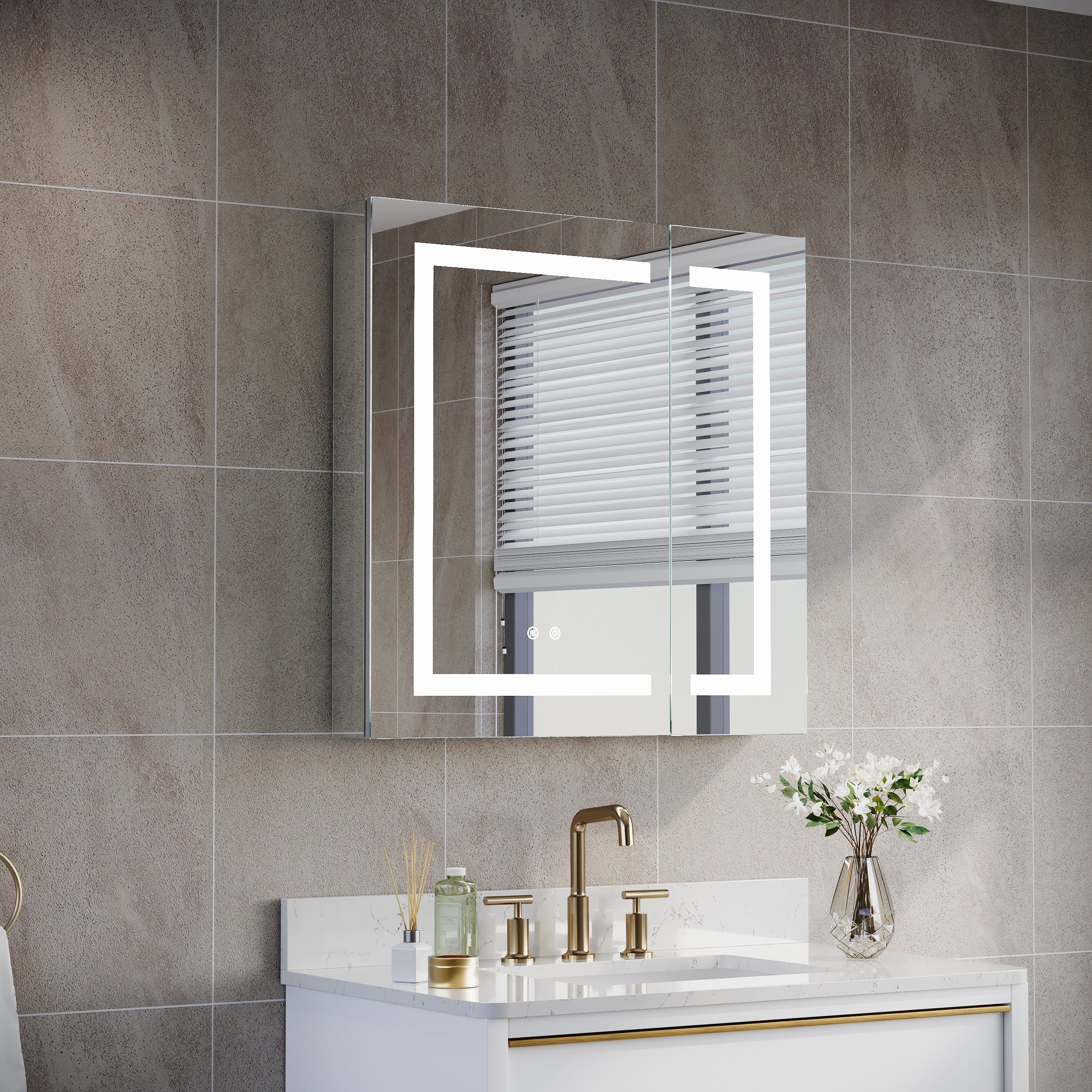
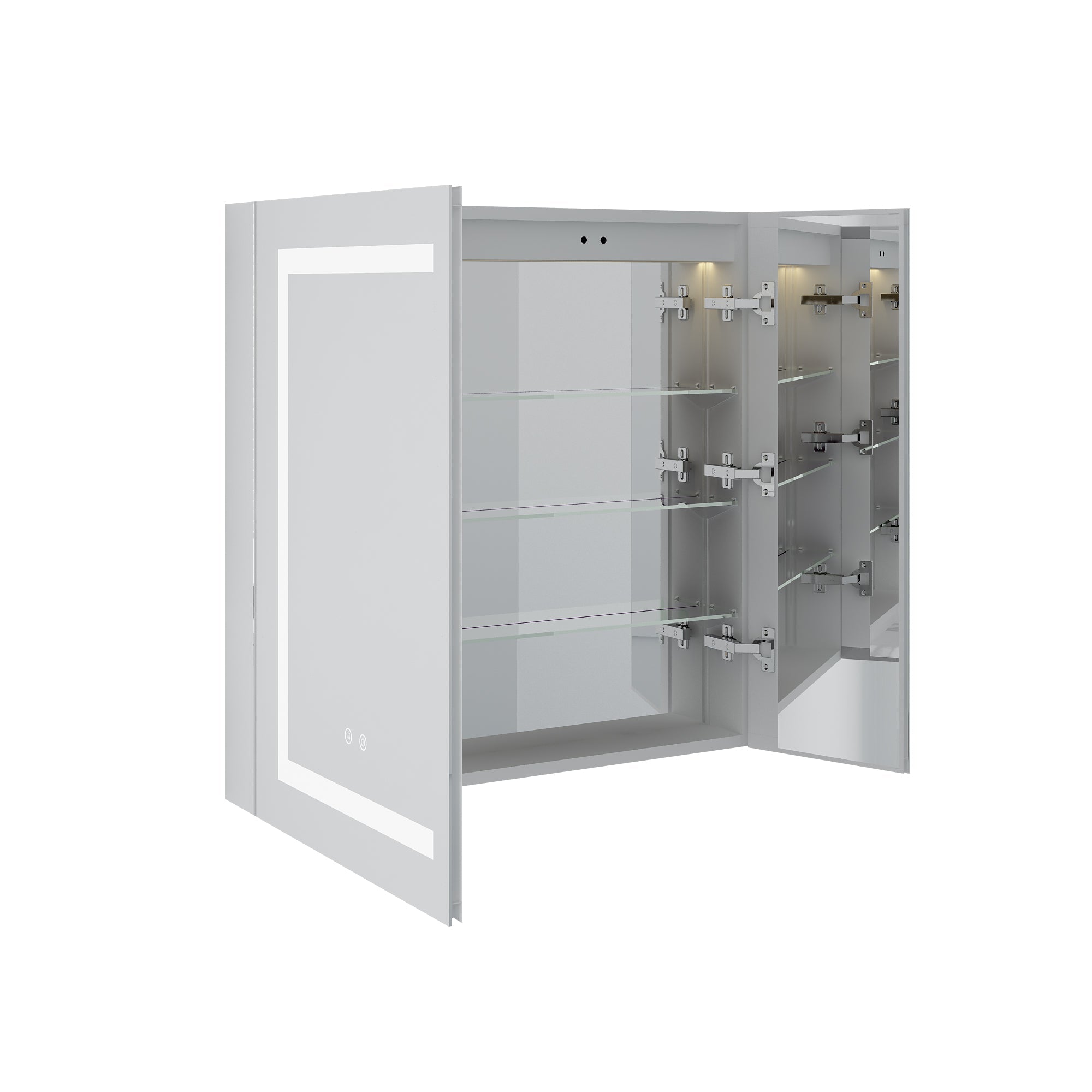




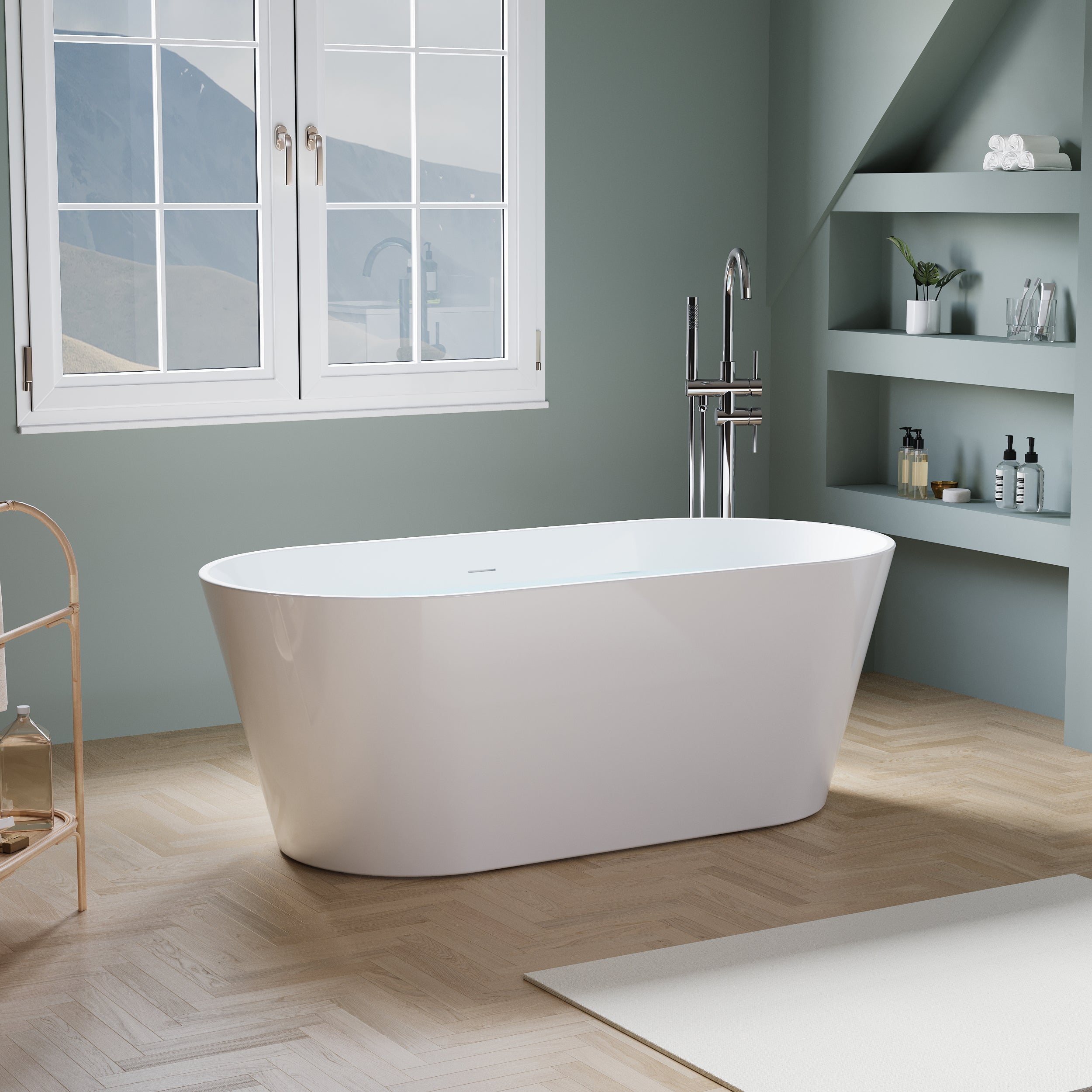
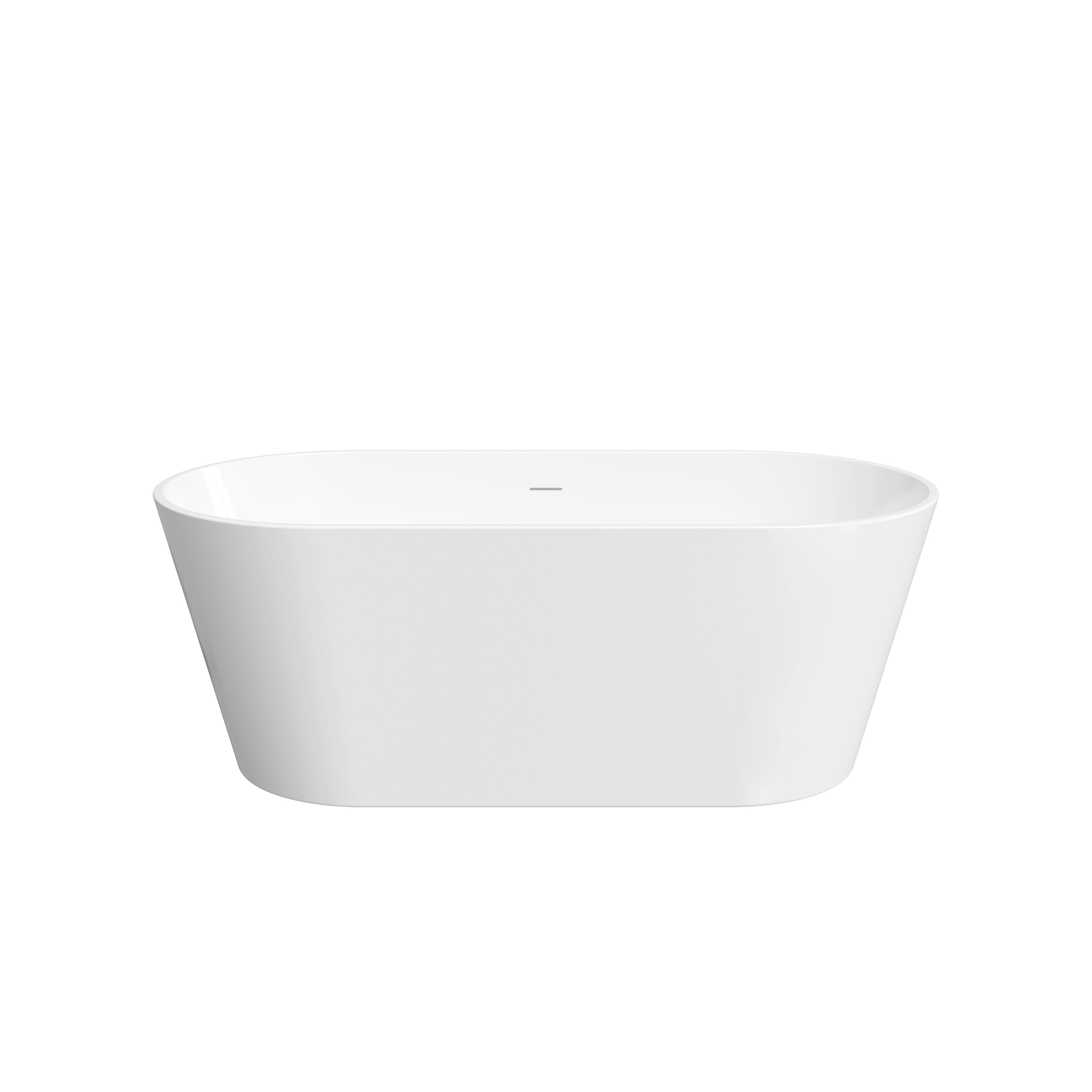


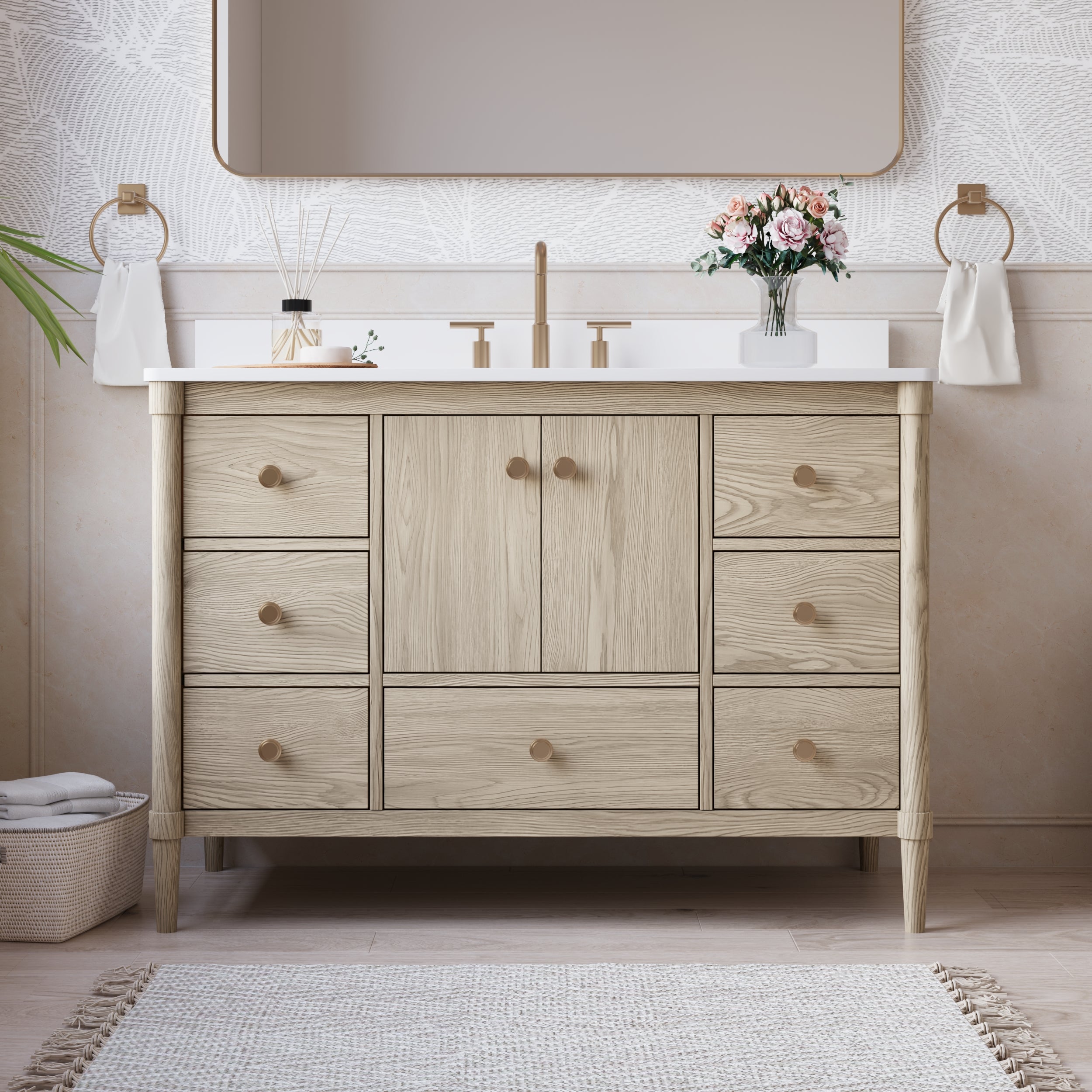
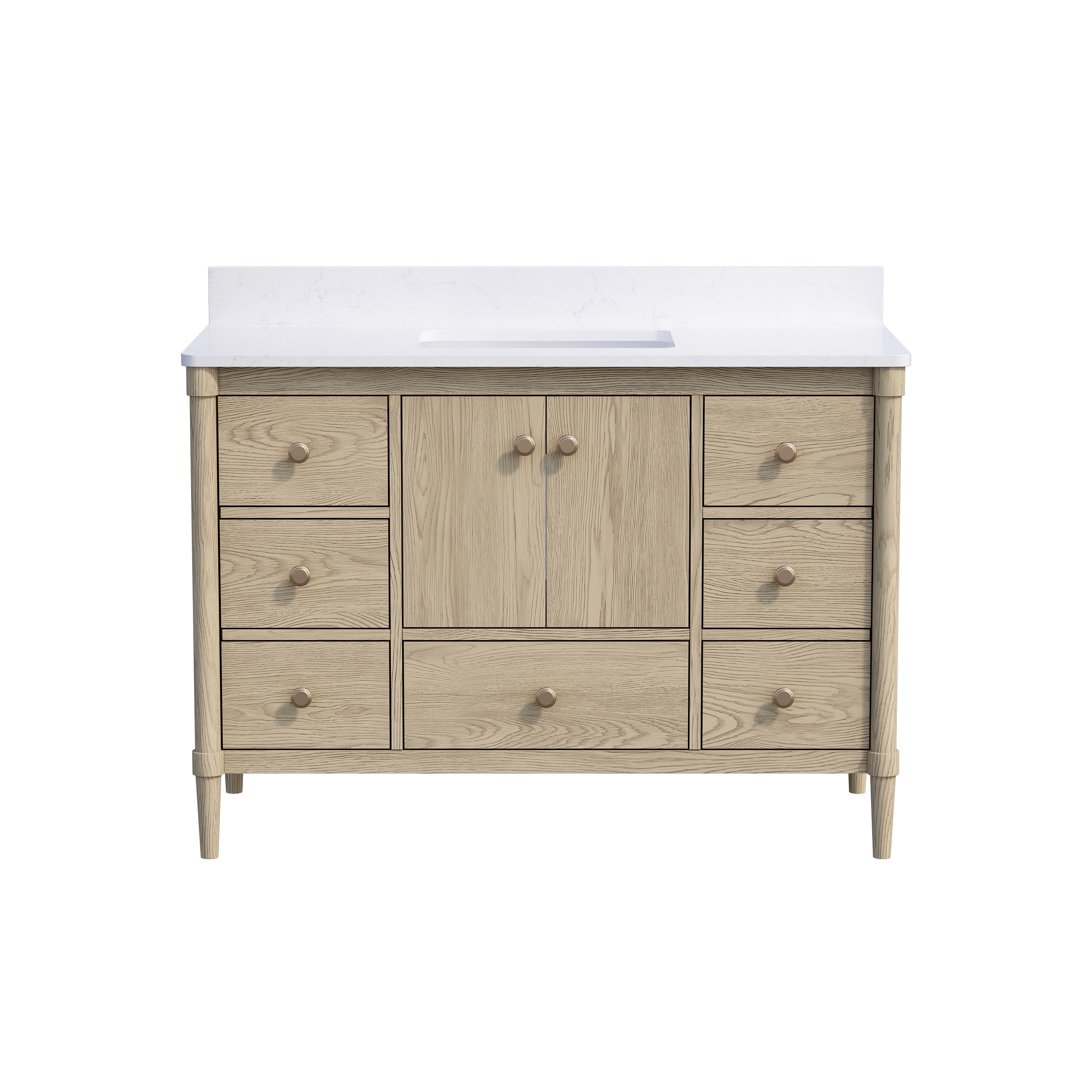
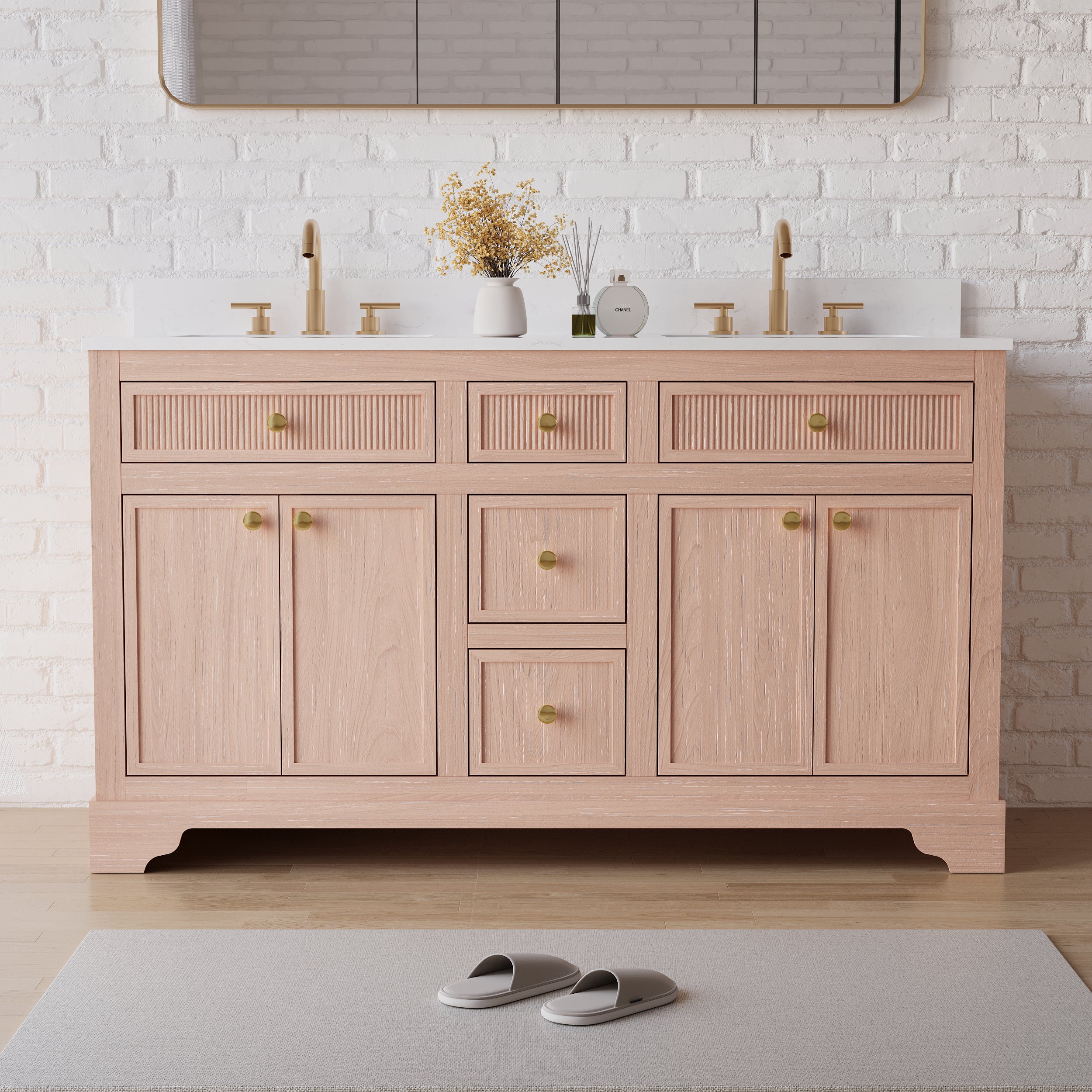
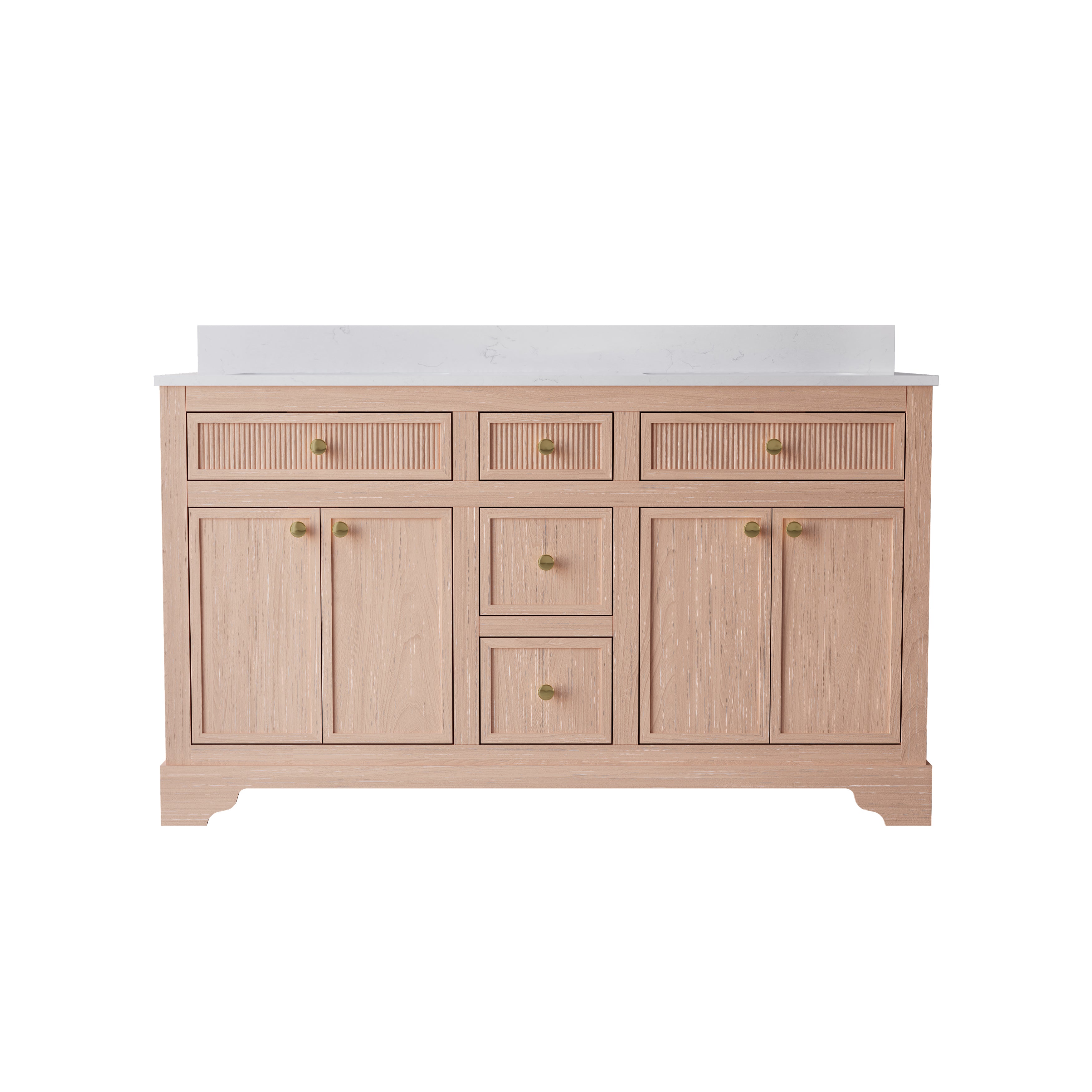
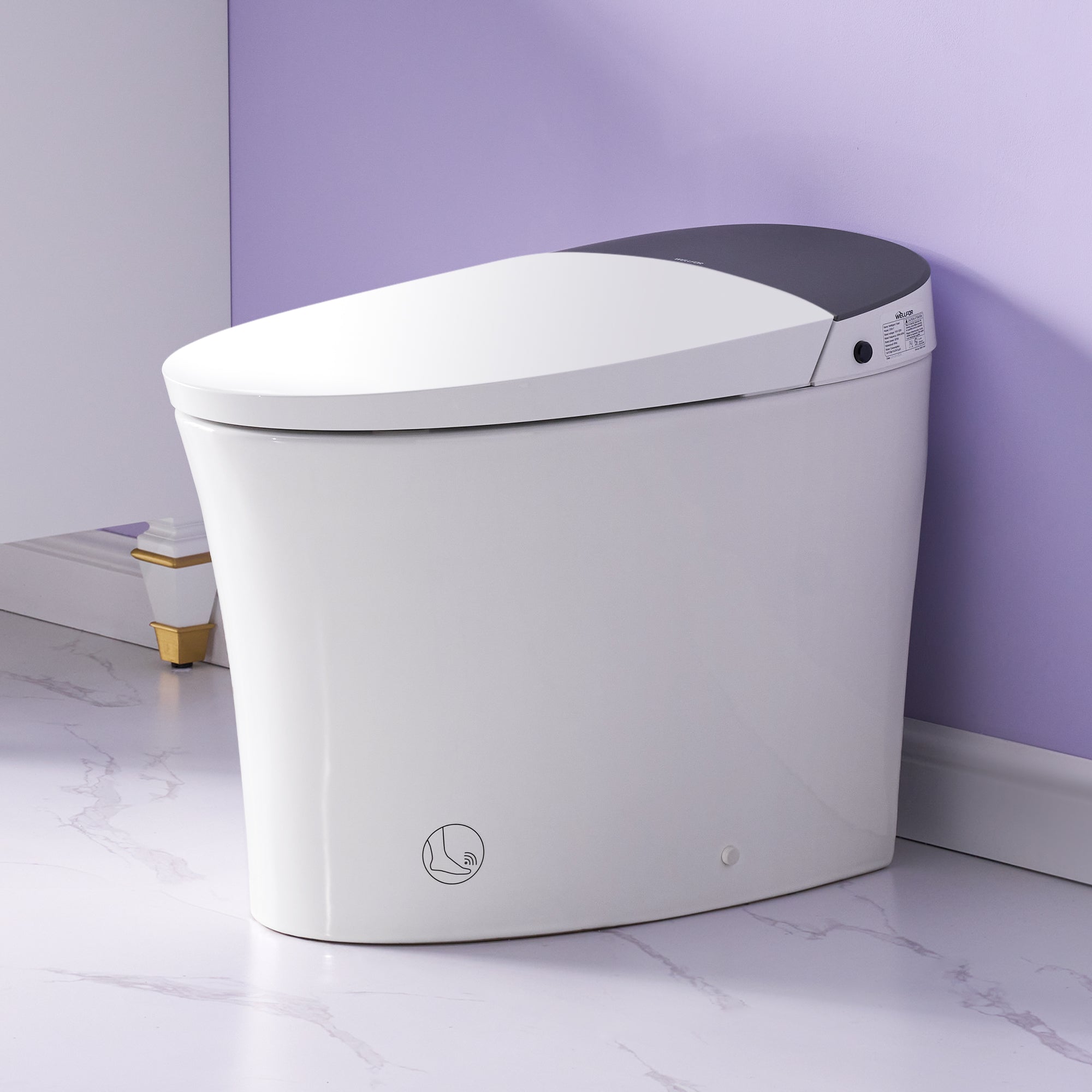
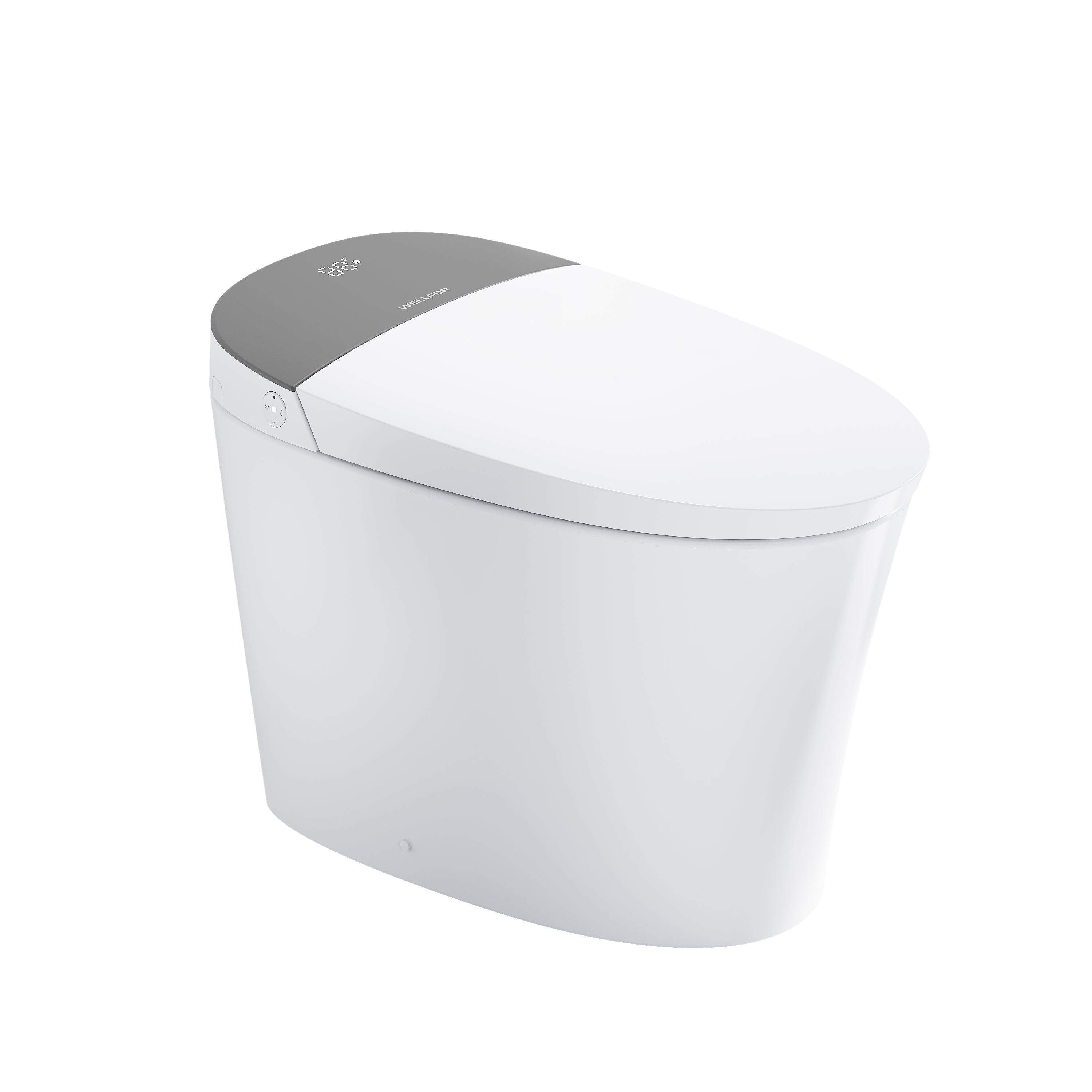
Leave a comment
This site is protected by hCaptcha and the hCaptcha Privacy Policy and Terms of Service apply.